+ Video
Tokyo-based animation team Mood Magic created the video for "How To Stay Alive" by veteran psychedelic prog-rock band Gong (from the album "2032"). The animation is based on drawings by guitarist/frontman Daevid Allen.
+ Video
Tokyo-based animation team Mood Magic created the video for "How To Stay Alive" by veteran psychedelic prog-rock band Gong (from the album "2032"). The animation is based on drawings by guitarist/frontman Daevid Allen.
This year's selection of rice paddy art has begun to crop up in fields across Japan.
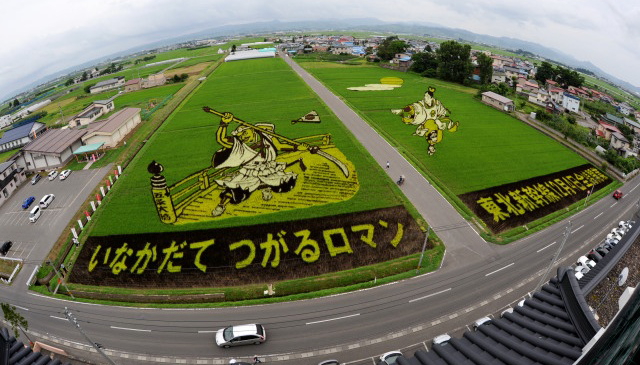
Rice paddy art in Inakadate (Aomori prefecture) [photo]
Two historical figures -- the legendary warrior-monk Benkei (left) and the warrior Ushiwakamaru, a.k.a. Minamoto no Yoshitsune (right) -- have emerged in a pair of fields in the Aomori prefecture town of Inakadate. For nearly 20 years, the town has prided itself as home to Japan's finest rice crop art, which is created by carefully arranging different colors of rice plants in the field.
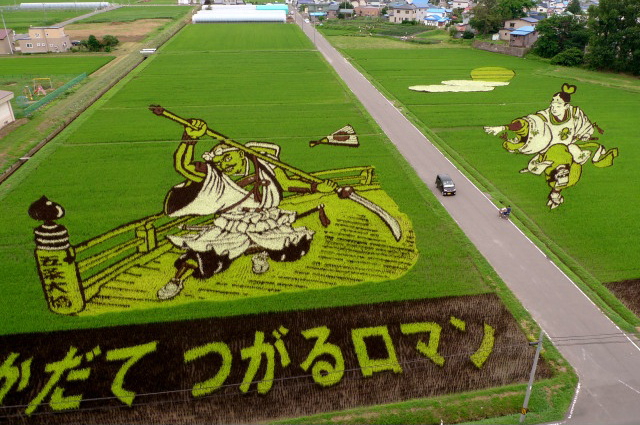
Benkei (left) and Ushiwakamaru (right) [photo]
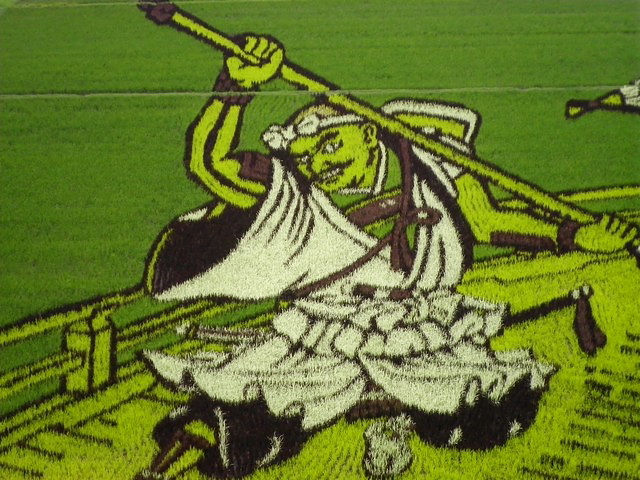
Benkei [photo]
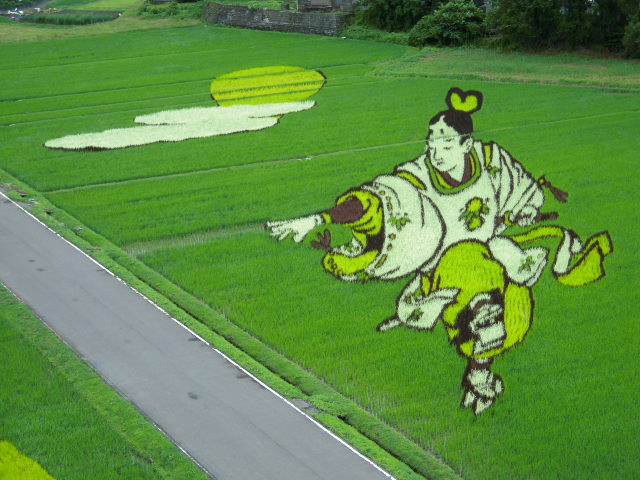
Ushiwakamaru [photo]
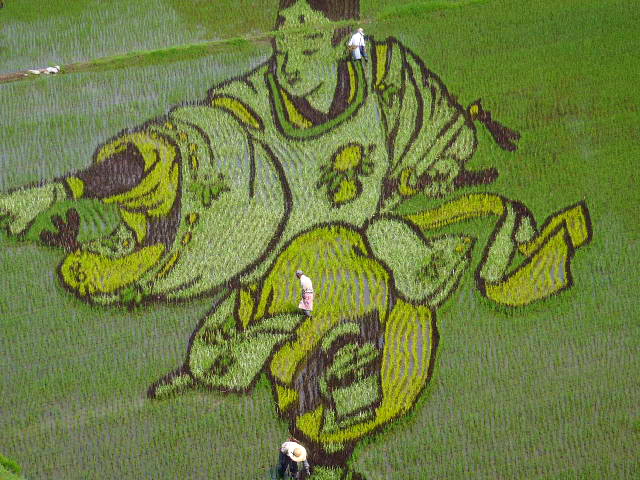
Ushiwakamaru in late June [photo]
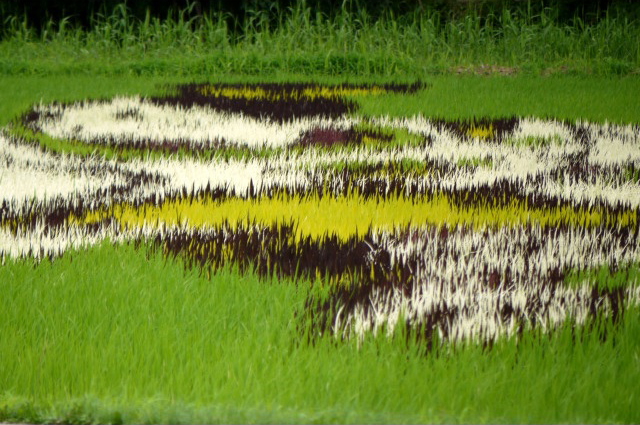
View of Ushiwakamaru at ground level [photo]
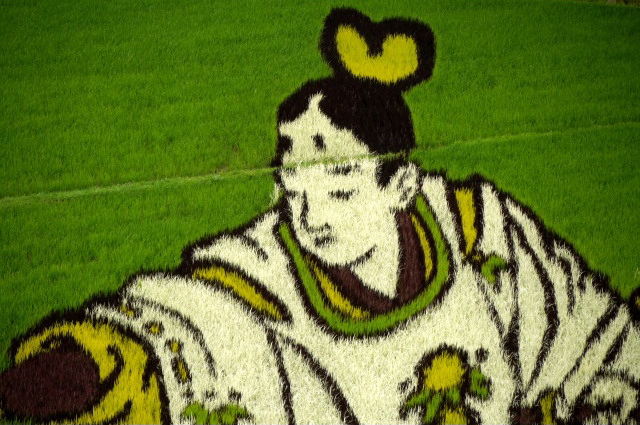
Ushiwakamaru [photo]

Benkei [photo]

View of Benkei at ground level
+ Video of Inakadate rice paddy art (filmed in late June)
* * * * *
Here are a few more works of rice paddy art from other parts of Japan.

Animals in Asahikawa (Hokkaido) [photo]
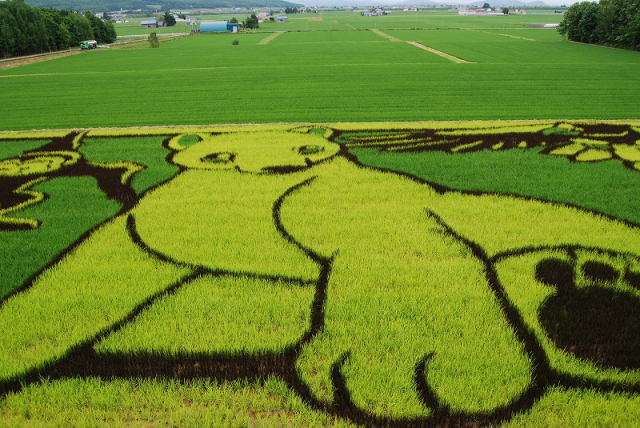
Animals in Asahikawa (Hokkaido) [photo]
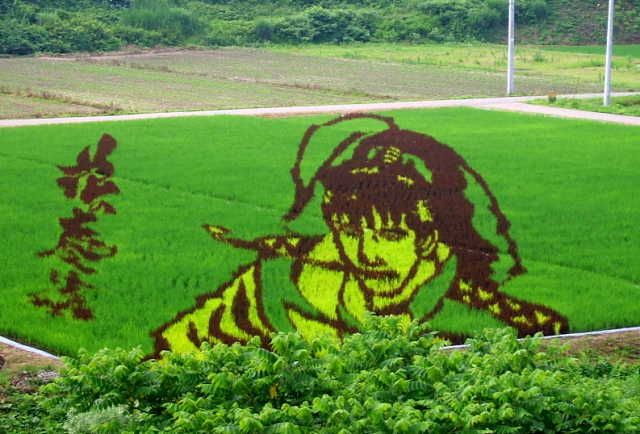
Samurai Keiji Maeda in Yonezawa (Yamagata prefecture) [photo]
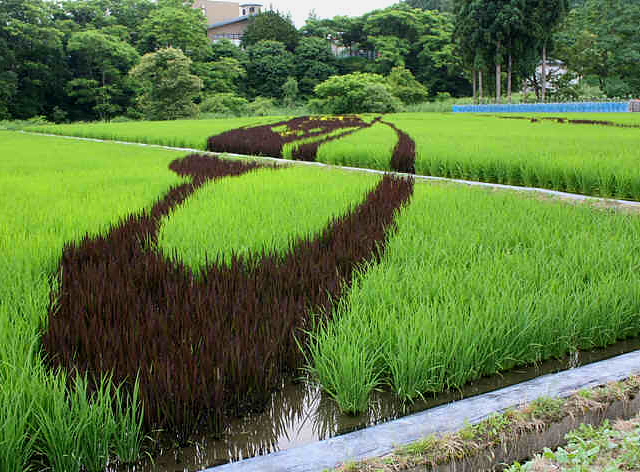
View from top of Keiji Maeda's head [photo]
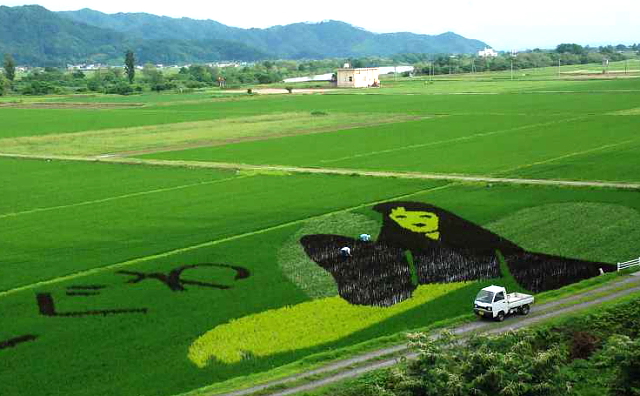
Princess Okaiko, a local folklore figure, in the town of Shirataka (Yamagata prefecture) [photo]
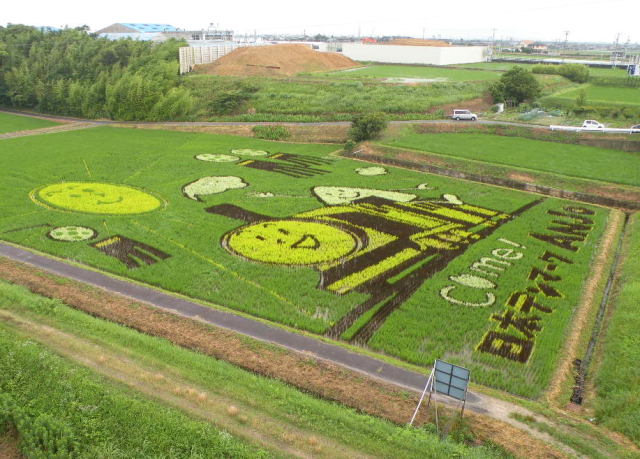
Rice paddy art at Denpark in Anjo (Aichi prefecture) [via]
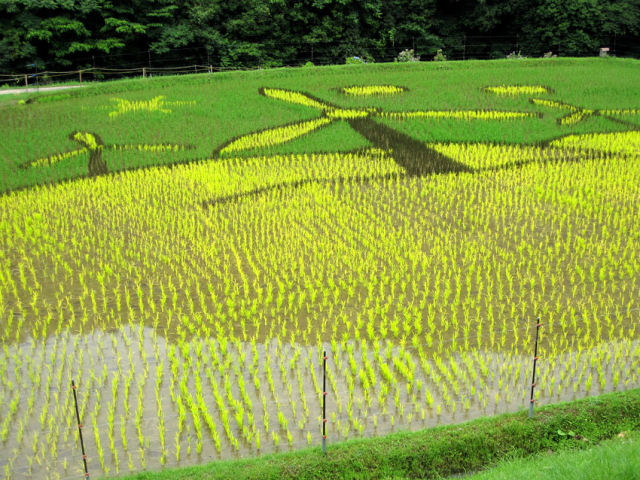
Rice paddy art at Sakakibara onsen (Mie prefecture) [photo]
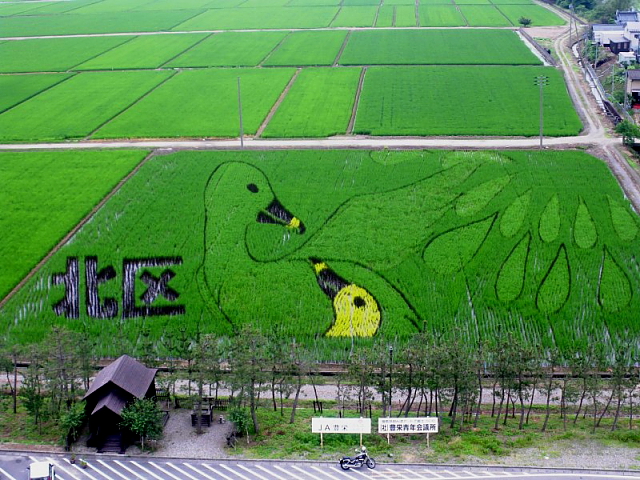
Ducks near Fukushimagata Lagoon Water Park (Niigata prefecture) [via]
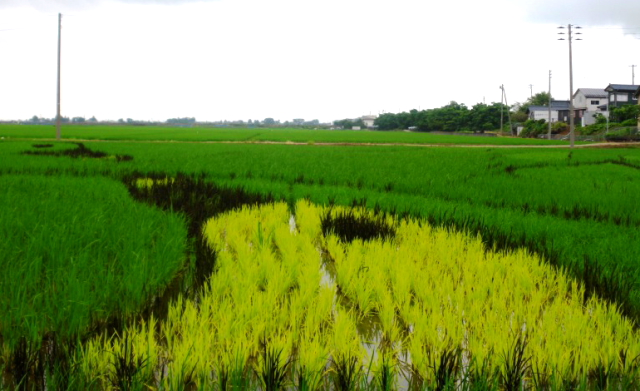
Ground level view of ducks near Fukushimagata Lagoon Water Park (Niigata prefecture) [photo]
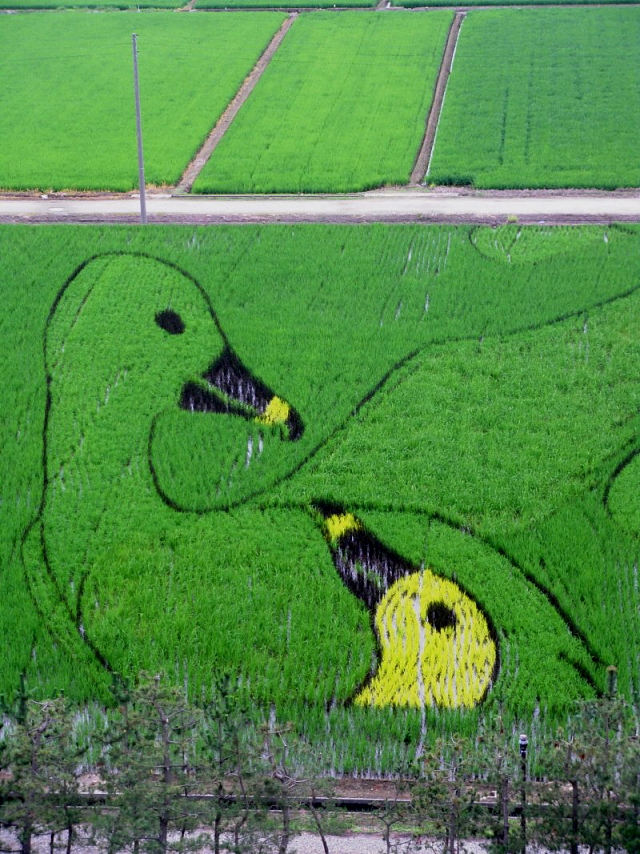
Ducks near Fukushimagata Lagoon Water Park (Niigata prefecture) [via]

Buddhist sword dancer and Anpanman in the Mizusawa area (Iwate prefecture) [photo]
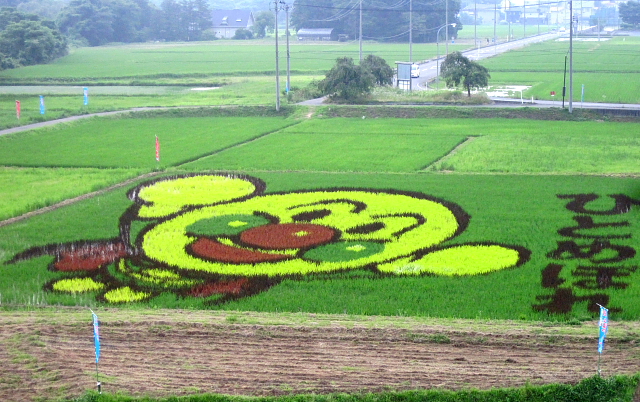
Anpanman in the Mizusawa area (Iwate prefecture) [photo]
More:
- Rice paddy art, 2009
- Time-lapse video of rice paddy art, 2008
- Rice paddy art harvest, 2007
- Rice paddy art, 2007
Described as a "mixed martial arts match" between man and lizard, this super slow motion encounter captured by goomo, a Tokyo-based media production agency, shows a chameleon firing its tongue at the face of a human opponent.
The video is one in a series of 25 episodes that capture compelling moments in super slow motion. The other episodes -- which mostly fall somewhere between grotesque and mildly erotic -- include a shot of pudding dropped onto a prematurely bald head...
+ Prematurely bald head vs. pudding
...a swimsuit model in a champagne fight...
+ Swimsuit model vs. champagne
...a slap in the face...
...and more.
[Via: Karapaia]
In the 1930s, a new style of poster emerged that reflected the growing significance of the masses in Japanese society. These artistic posters borrowed elements from Western design and often incorporated bold slogans with political, economic and educational themes. Here are a few examples.

Health Exercises for the People (Bureau of Postal Insurance, 1930)
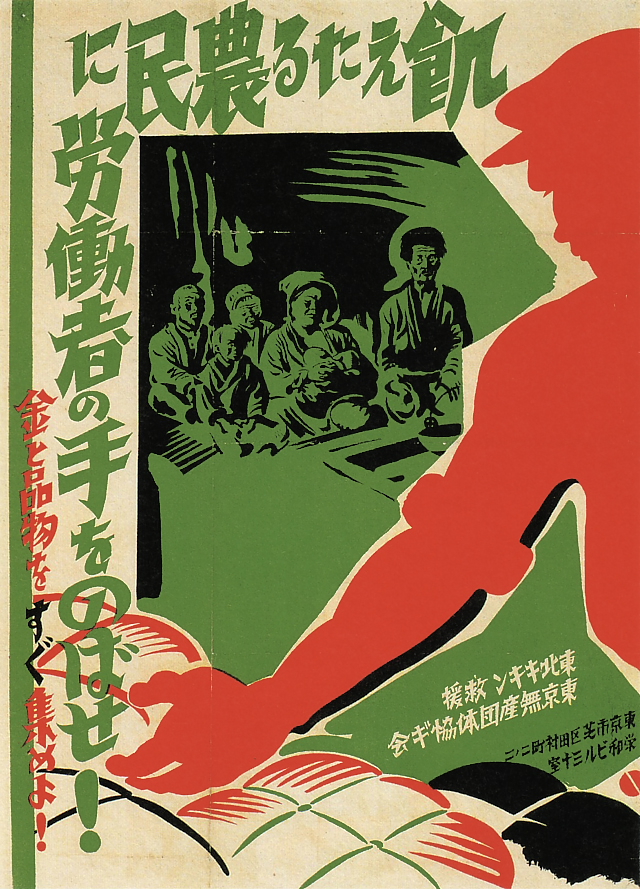
Tohoku Area Famine Relief (Federation of Tokyo Area Proletarian Organizations, 1931)
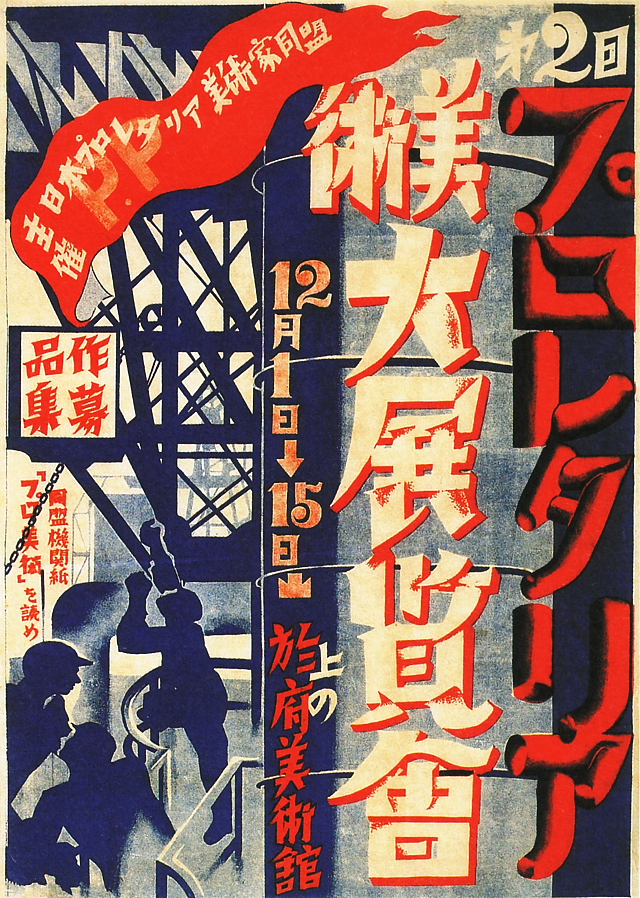
The 2nd Proletarian Art Grand Exhibition (Japan Proletarian Artists Federation, 1929)
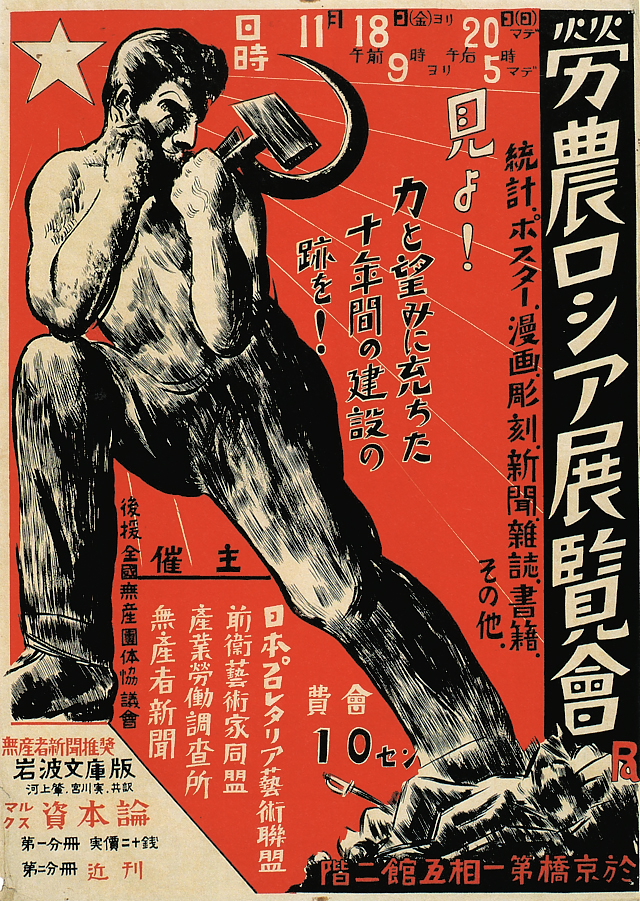
Workers and Farmers Russian Art Exhibit (Japan Proletarian Art League, 1927)
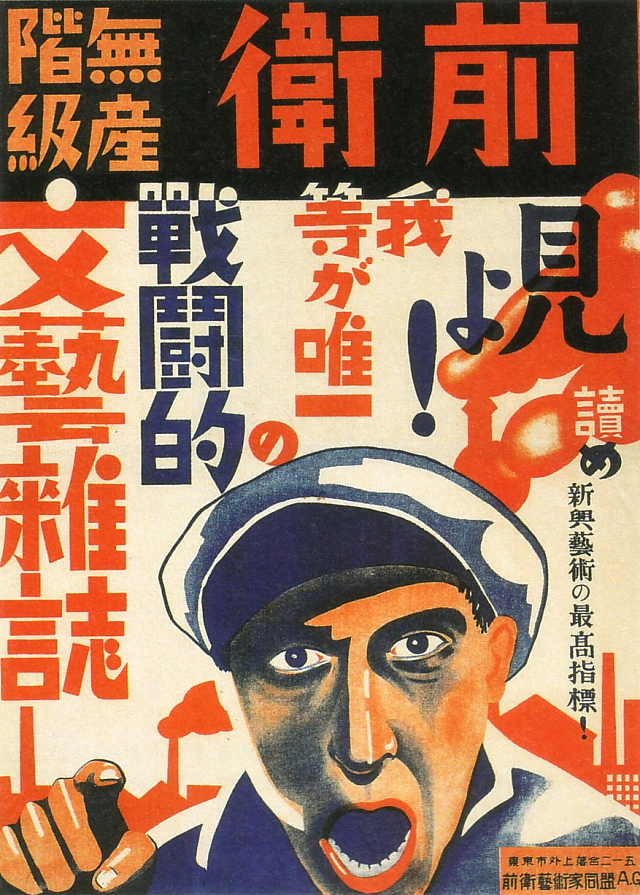
Listen! Workers of All Nations! (1931)
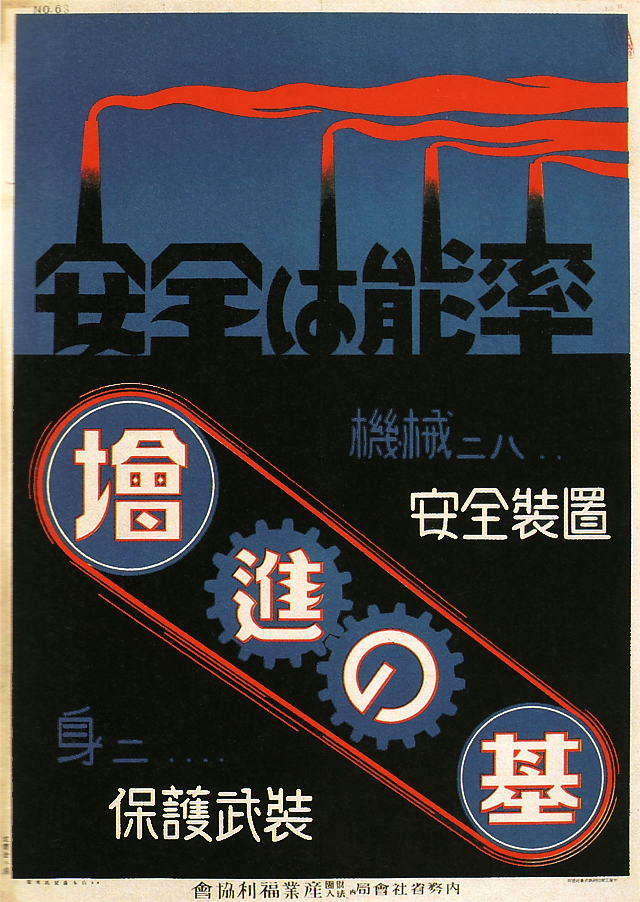
Safety Leads to Efficiency (Labor Welfare Association, 1932)
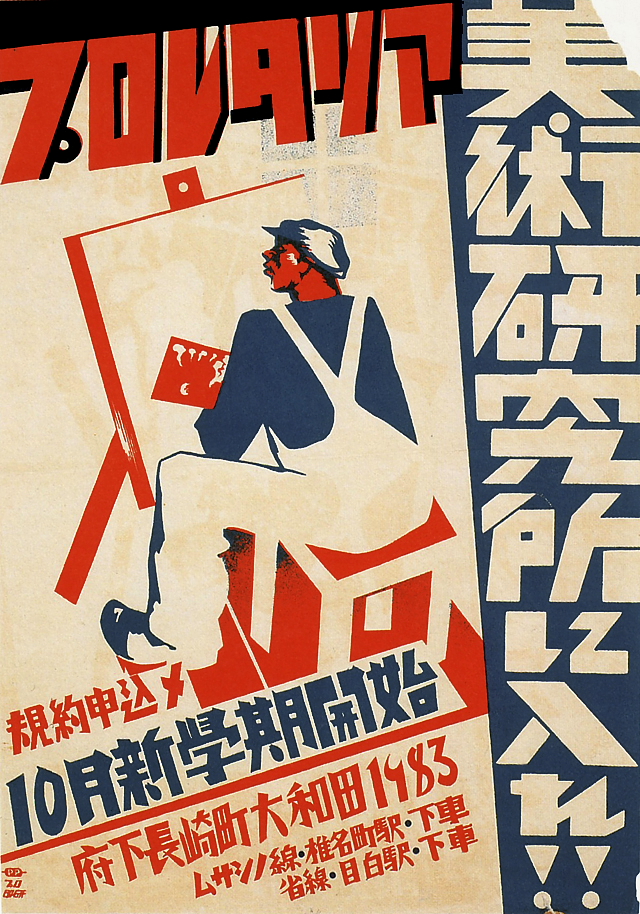
Proletarian Art Institute (1930)
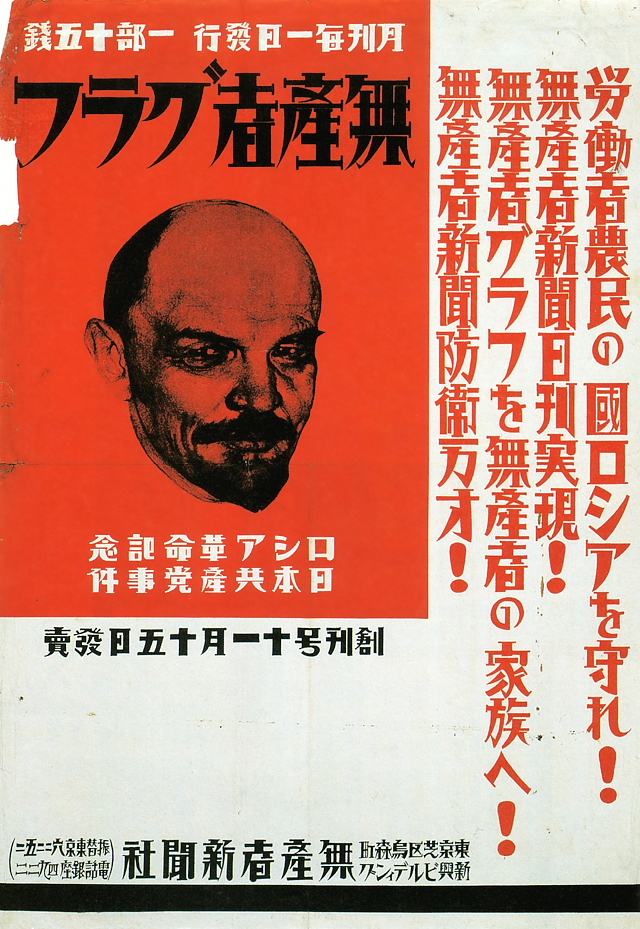
Poster for The Proletarian Graph Magazine (Proletarian News Company, 1929)
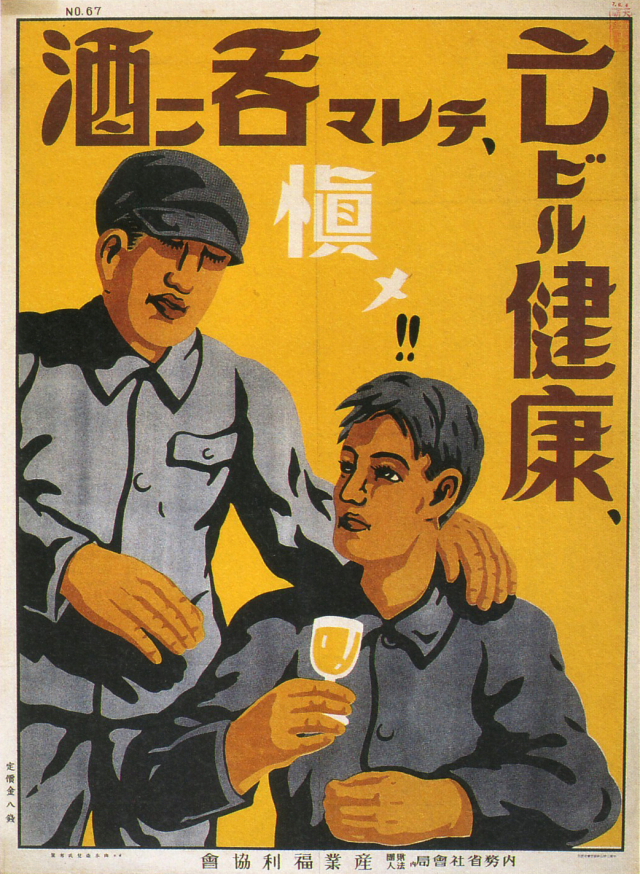
Indulging in Alcohol Ruins Your Health (Labor Welfare Association, 1932)
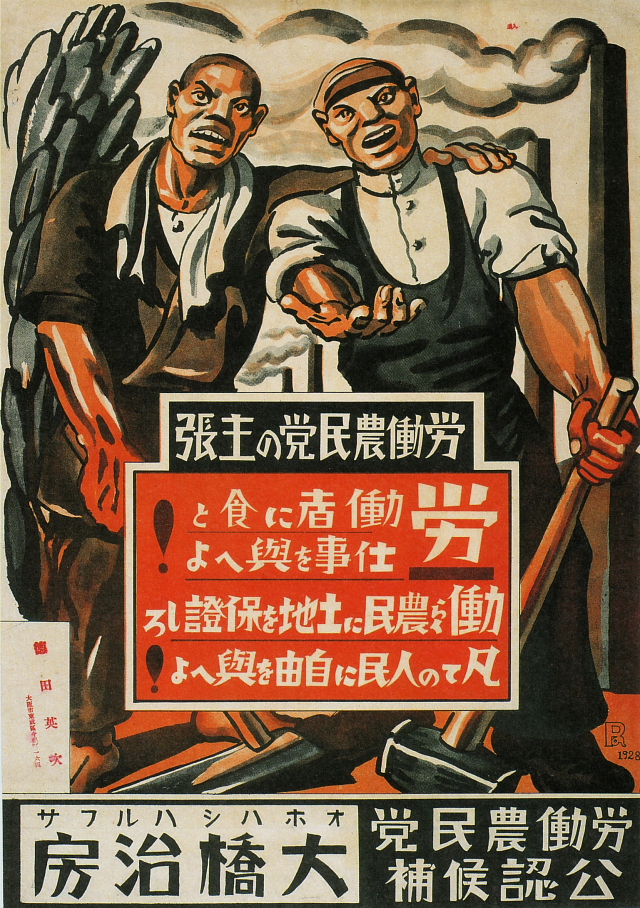
Harufusa Ohashi (Election Poster for Labor-Farmer Party, 1928)
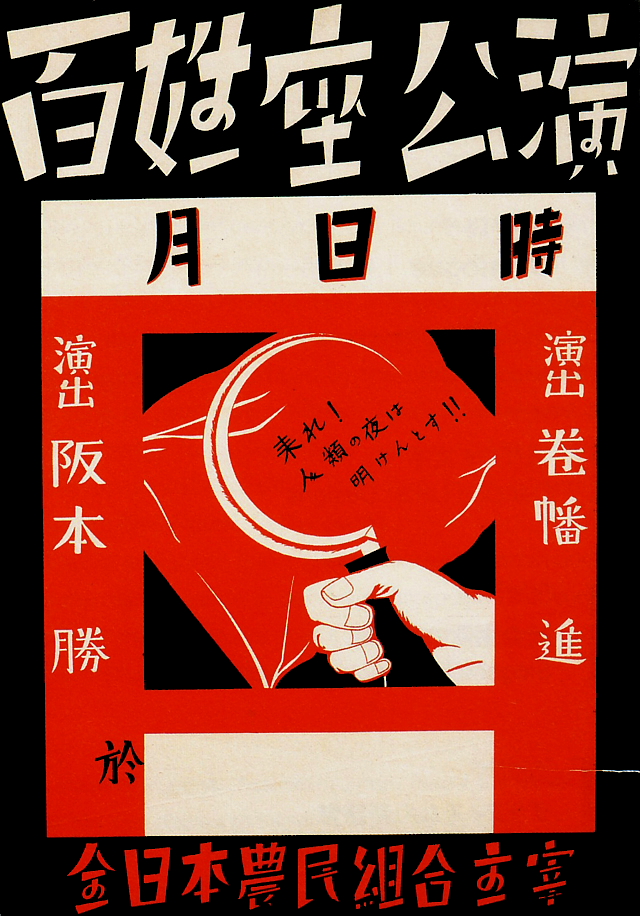
Come, the Dawn of Mankind is Breaking (Farmers' Theater Performance, 1928)
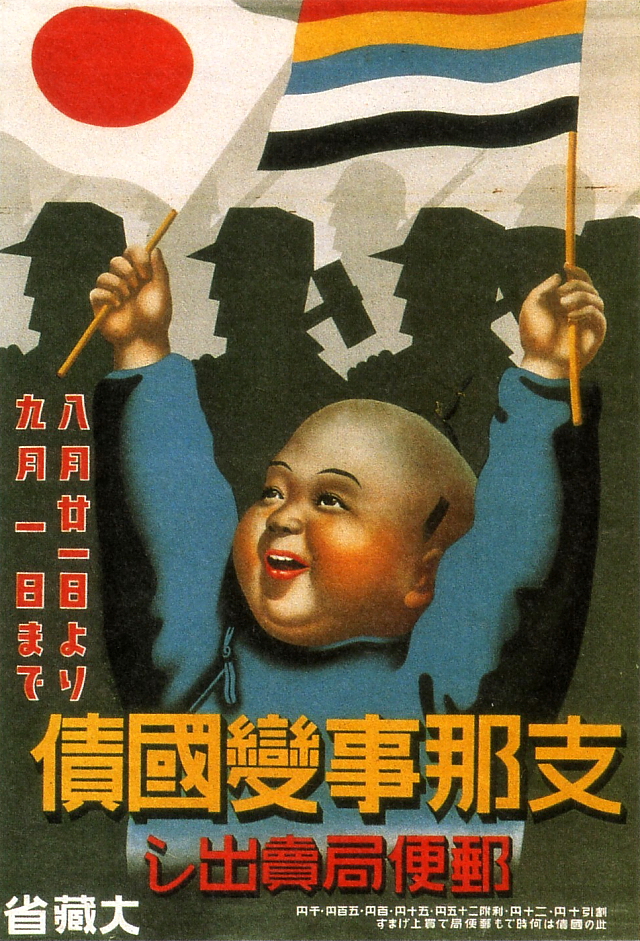
National Bonds for the Sino-Japanese War (Ministry of Finance, 1937)
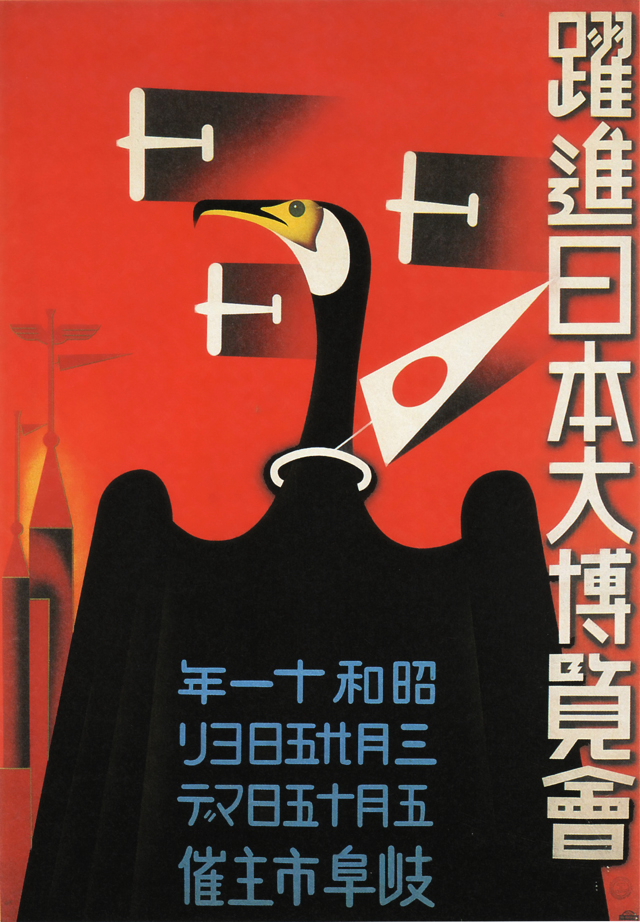
The Grand National Exhibition of Advancing Japan (City of Gifu, 1936)
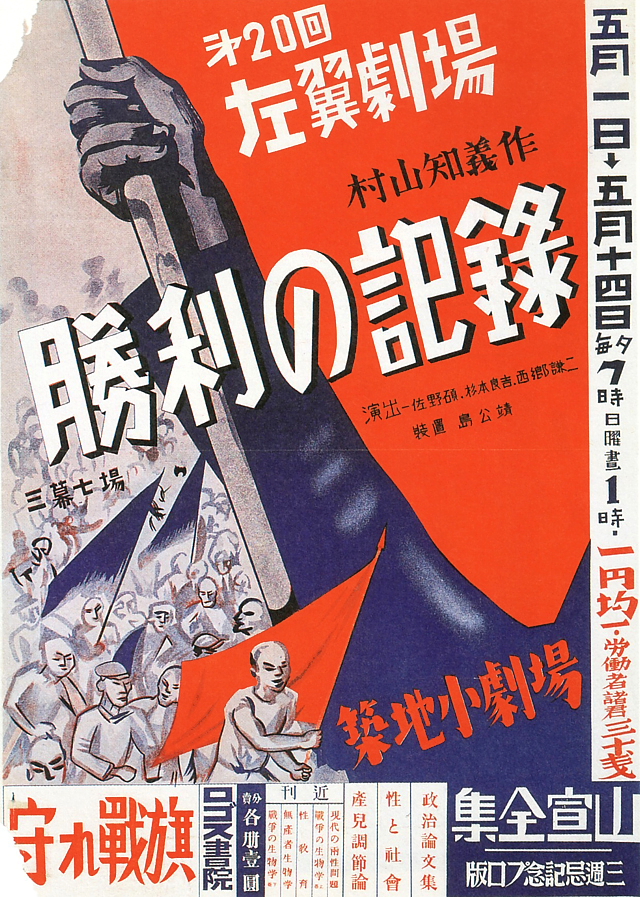
Records of a Victory (Leftist Theater's 20th Performance, 1931)
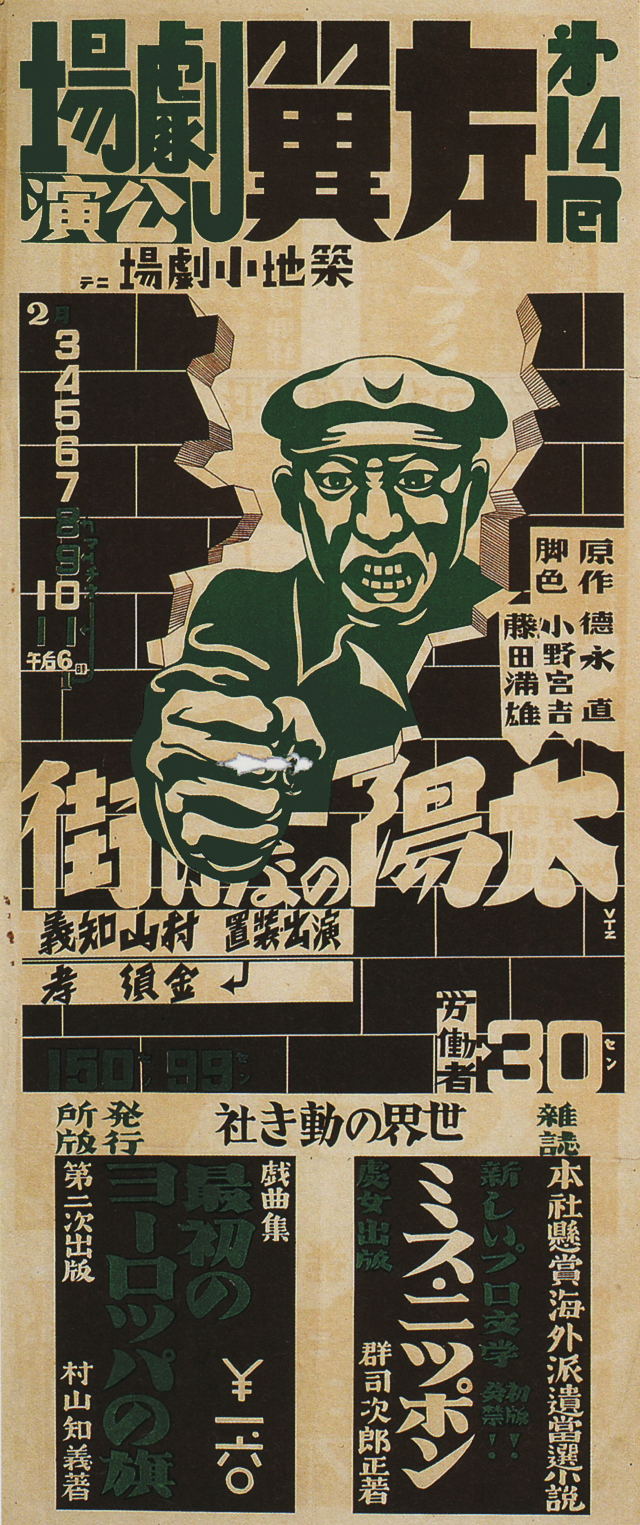
A Town With No Sun (Leftist Theater's 14th Performance, 1930)
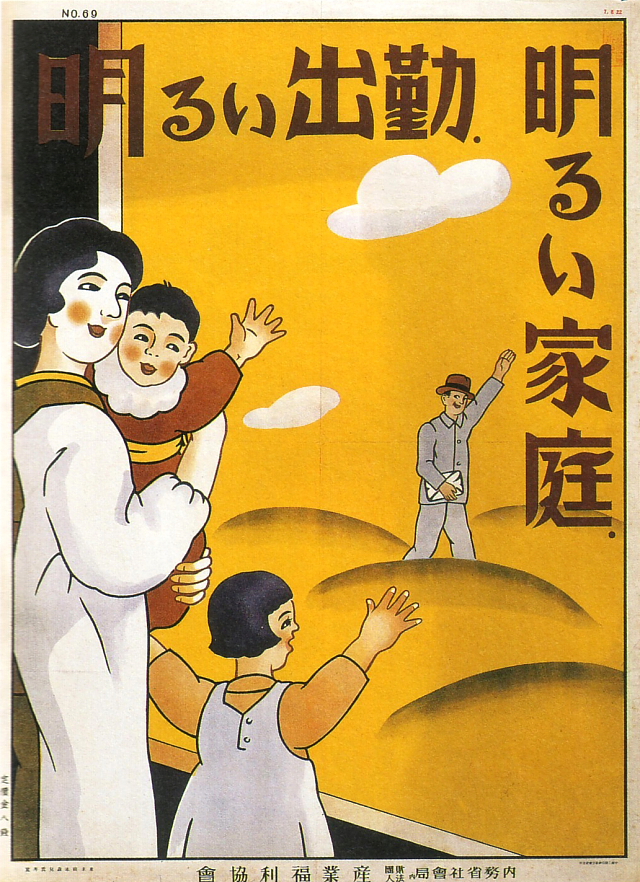
A Happy Worker Makes a Happy Home (Labor Welfare Association, 1932)

Rise, All Japanese Citizens (Imperial Rule Assistance Association, 1940)
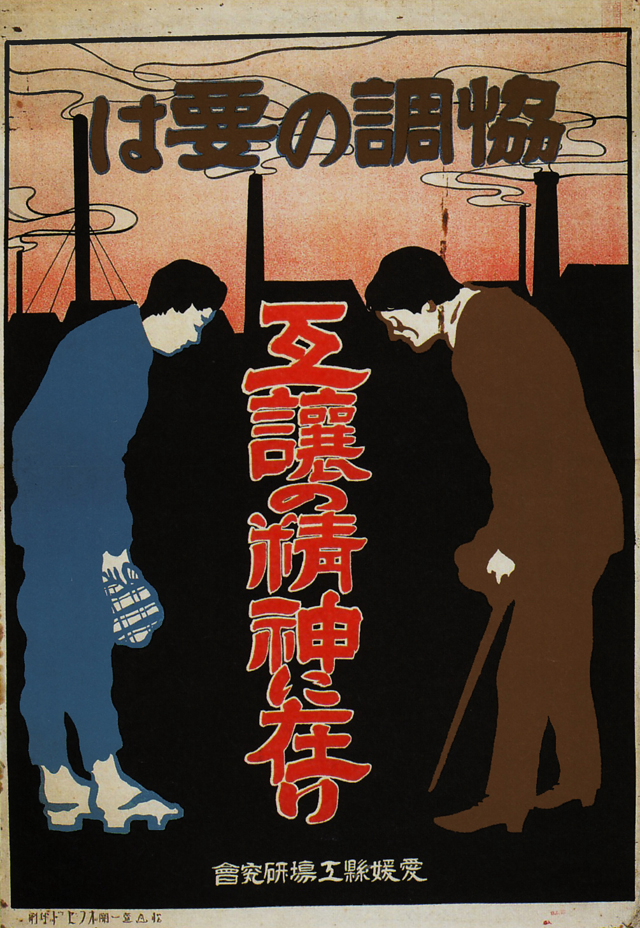
The Key to Harmony Is the Spirit of Mutual Help (Ehime Factory Improvement Committee, 1929)
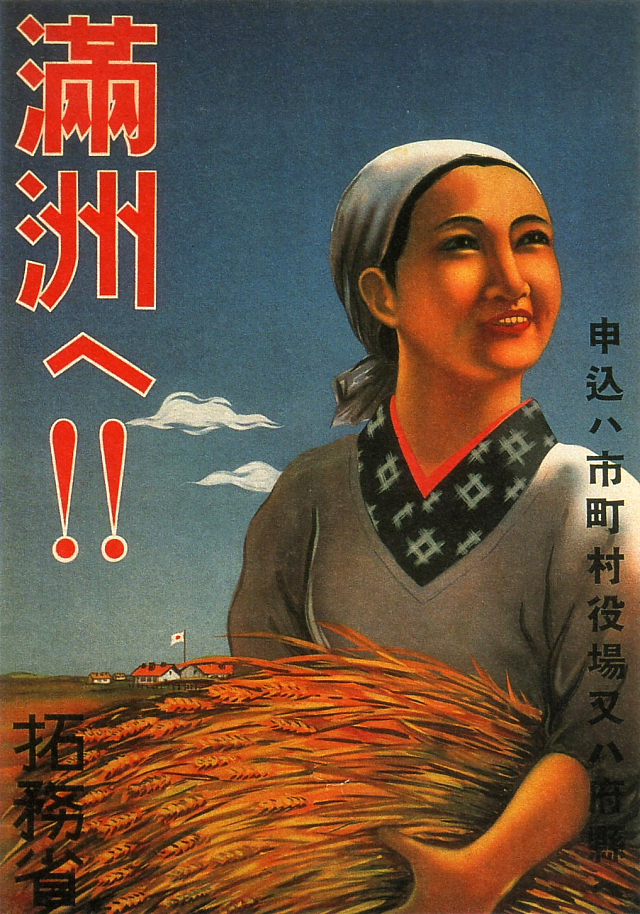
To Manchuria! (Ministry of Overseas Affairs, 1927)
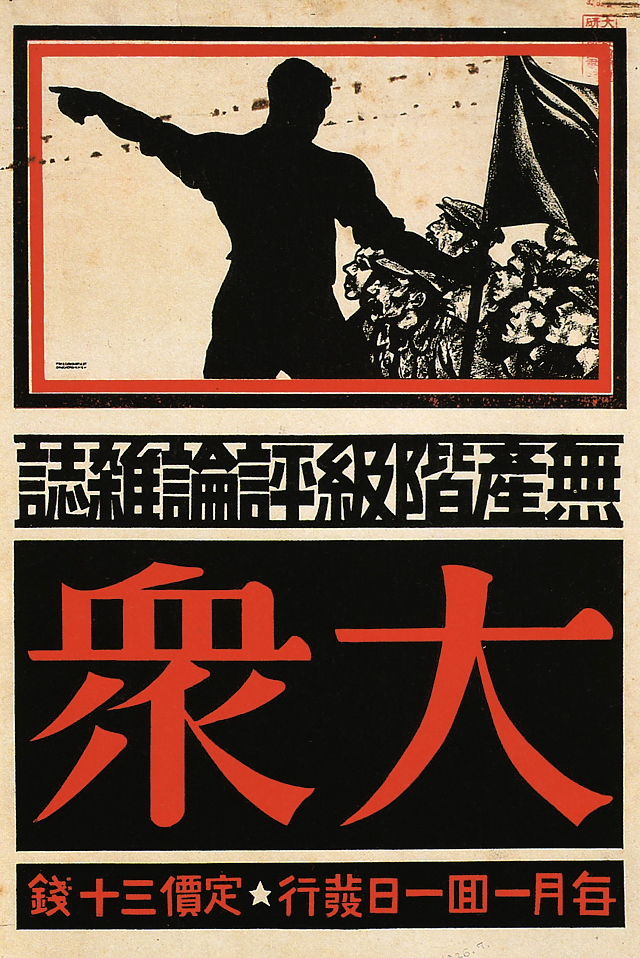
Poster for Taishu [The Masses] Magazine (Taishusha, 1929)
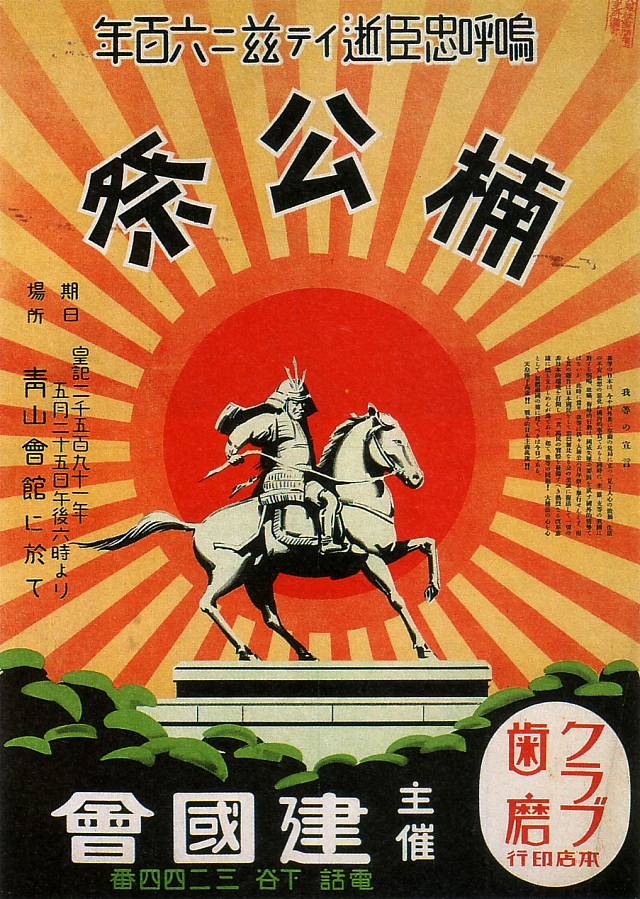
Kusunoki Masashige Festival (Kenkoku Kai, 1931)
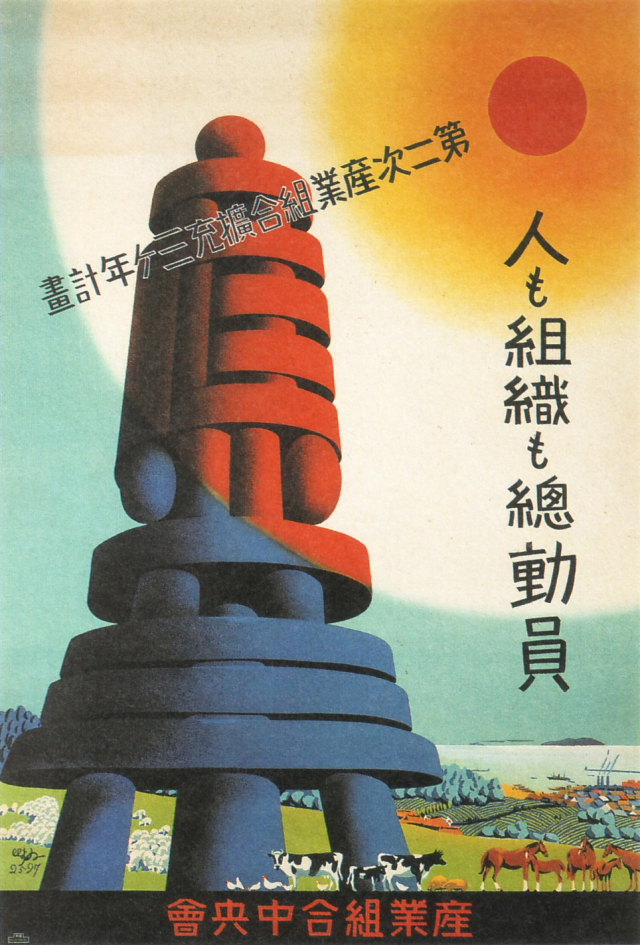
Mobilizing All Citizens and Organizations for the Nation (Industrial Guilds Central Committee, 1937)
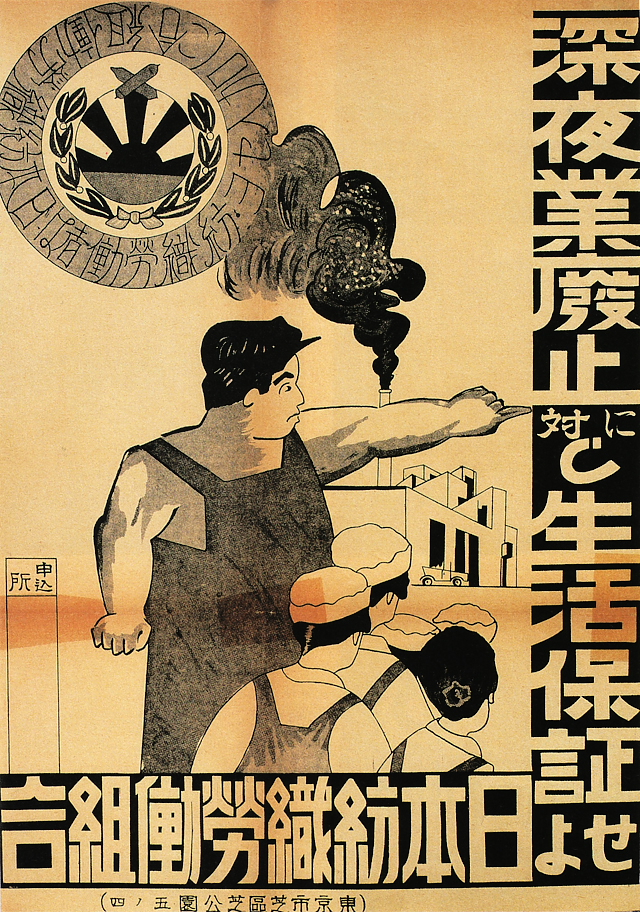
Pay a Living Wage (Japan Textile Workers' Union, 1930)
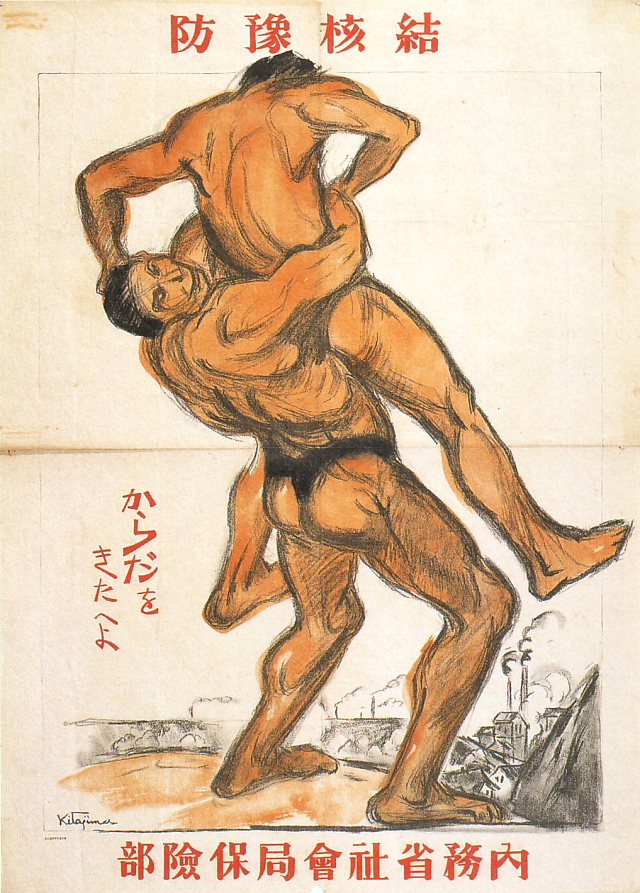
Prevent Tuberculosis (Ministry of Home Affairs - Social Affairs Bureau, 1930)
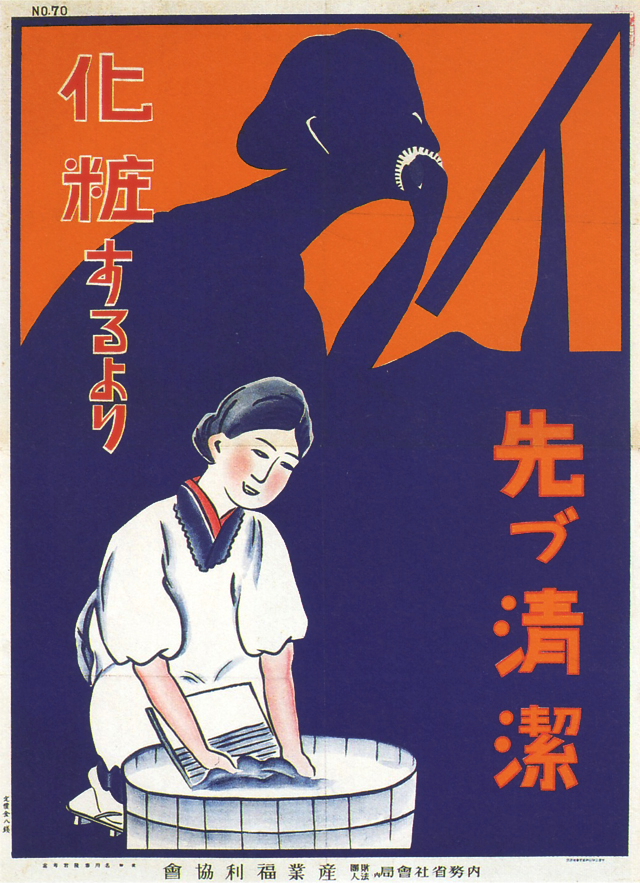
Clean Up Before Make Up (Labor Welfare Association, 1932)
[Source: "Japanese Posters and Handbills in the 1930s - Communication in Mass Society," published by National Museum of Modern Art, Tokyo, 2001]
Japanese breakbeat duo Hifana have released a kaleidoscopic new video for "Hanabeam," from their forthcoming "24H" album.
+ Video
Here are 50 photos of wildly modified bōsōzoku-style rides from Japan (via alljapanexpress, Speedhunters, Sunny Speed Style, Inokoshientotsu).
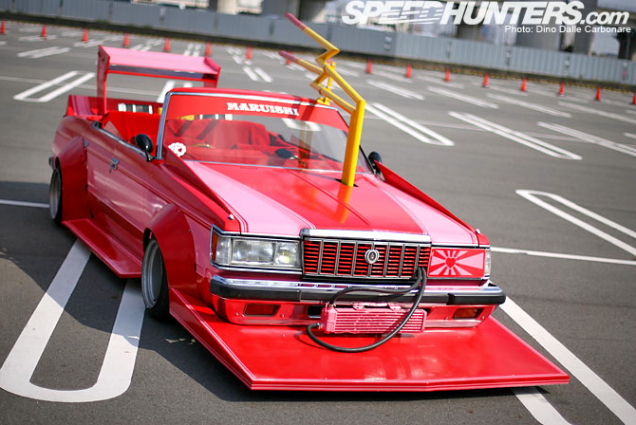
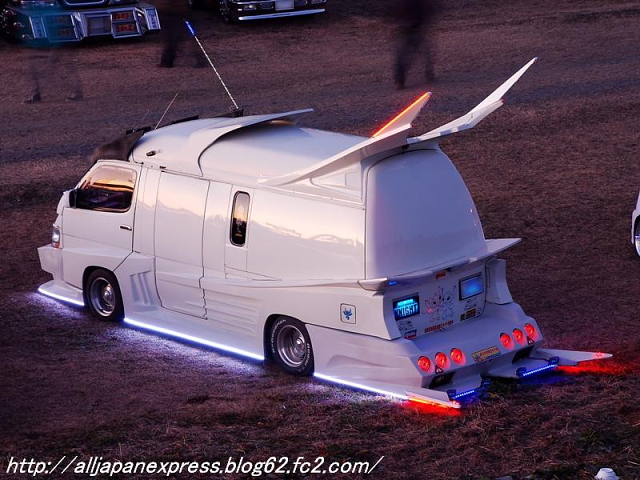
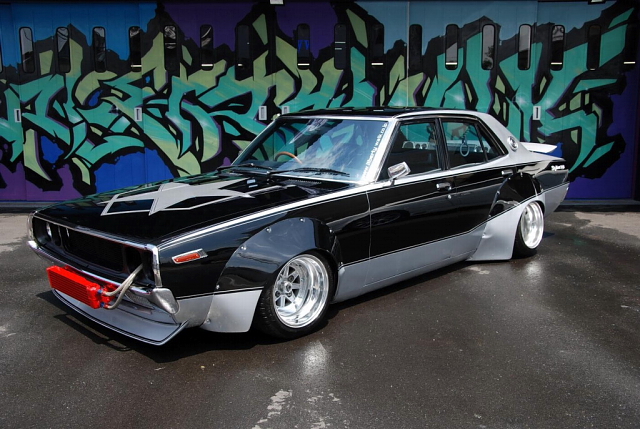
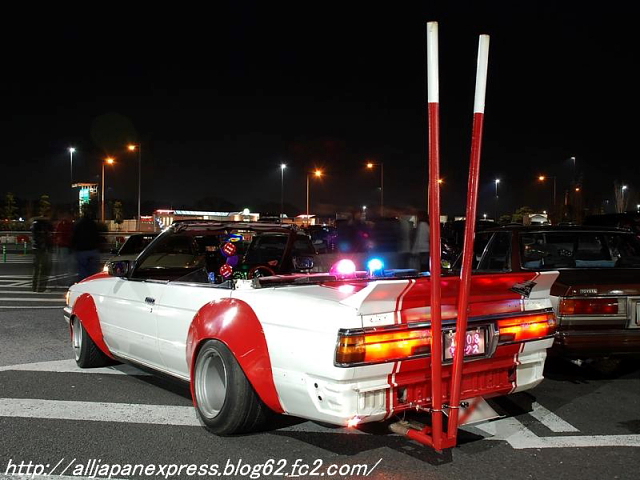
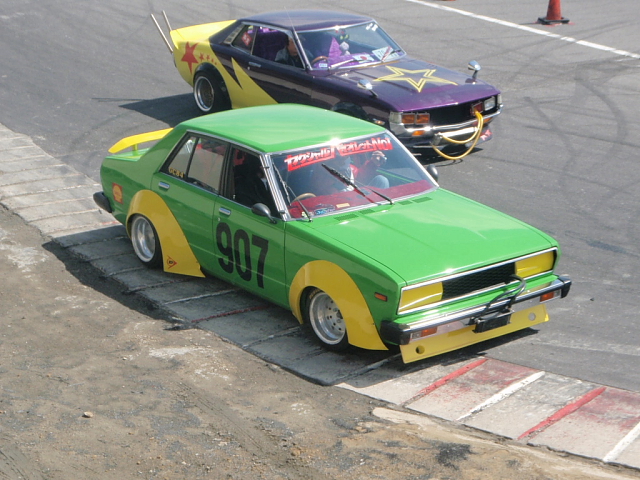

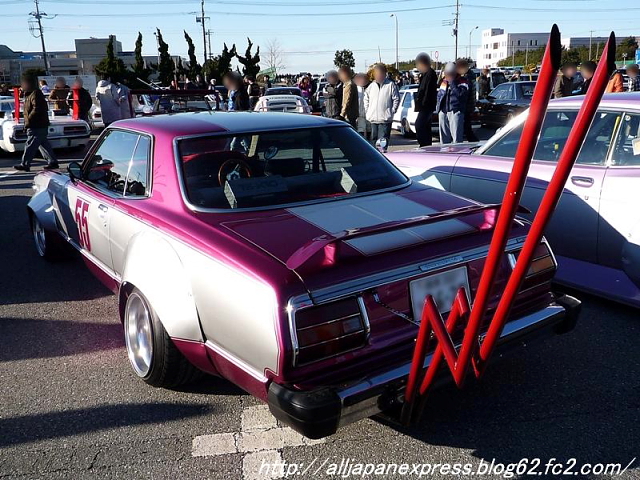
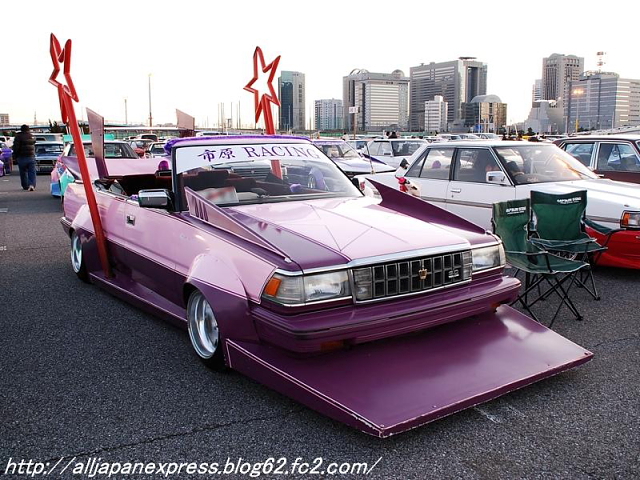
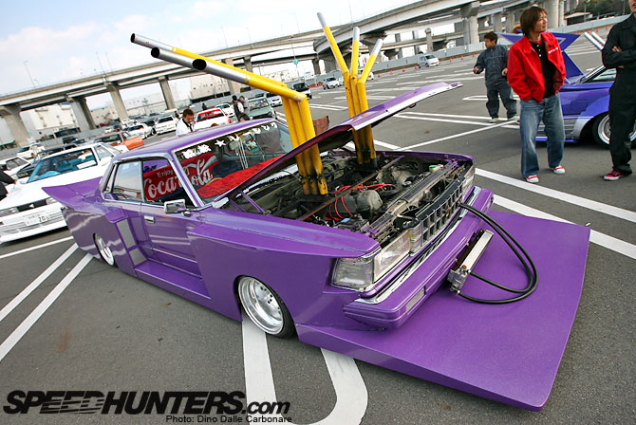
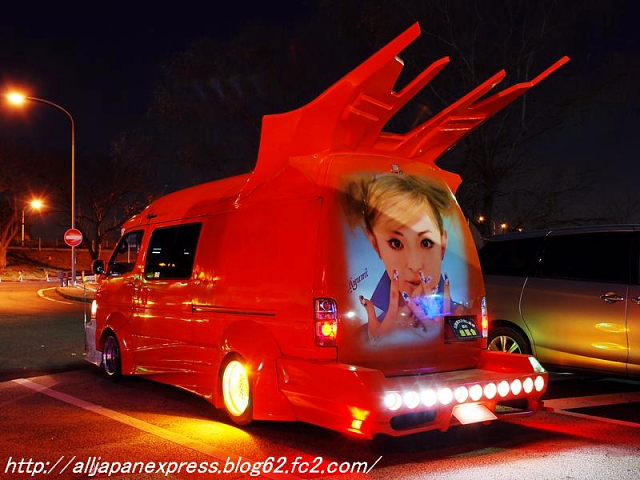


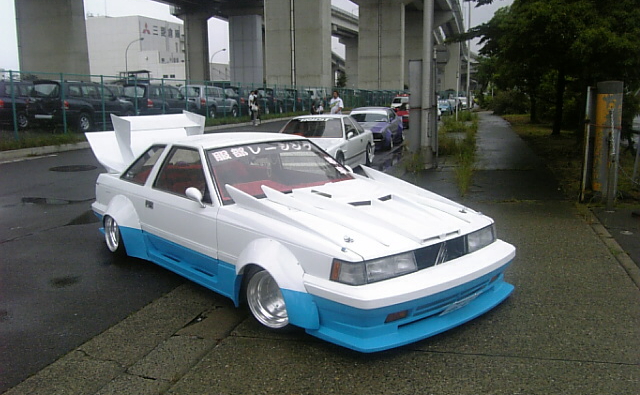
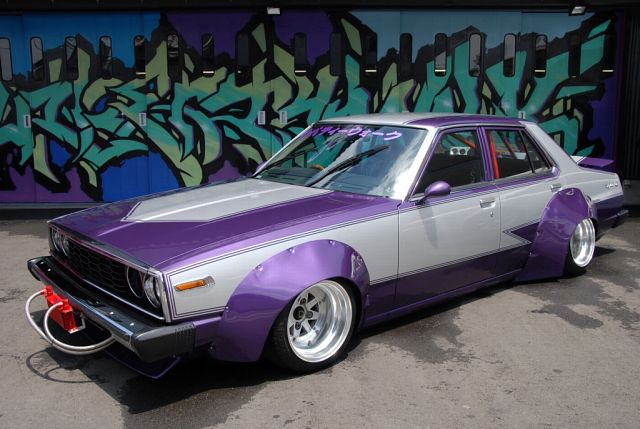
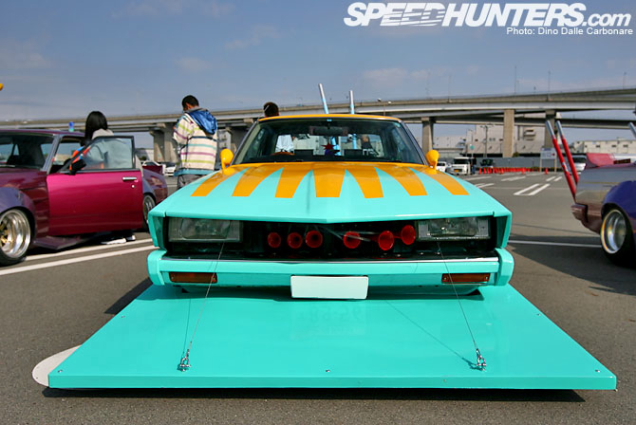
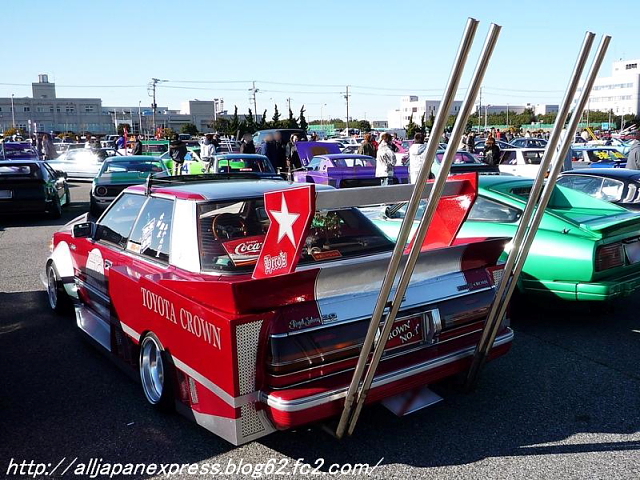
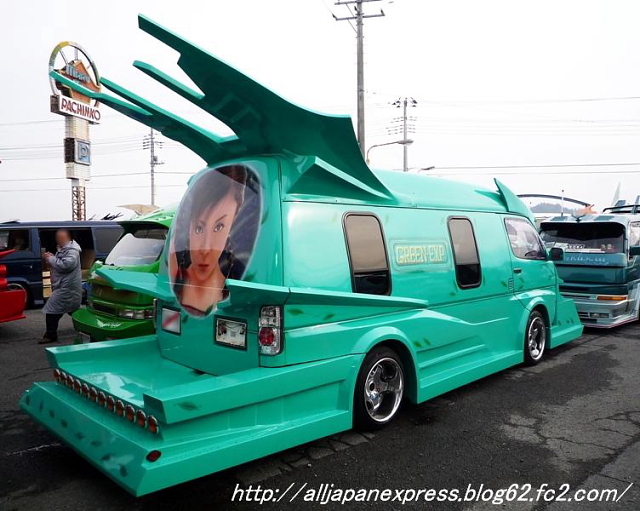
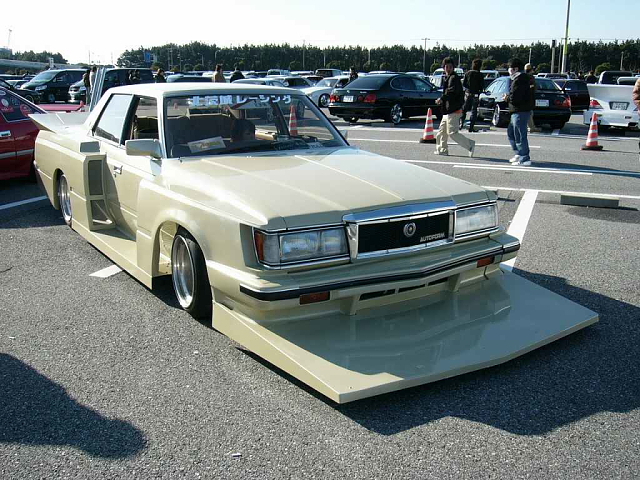
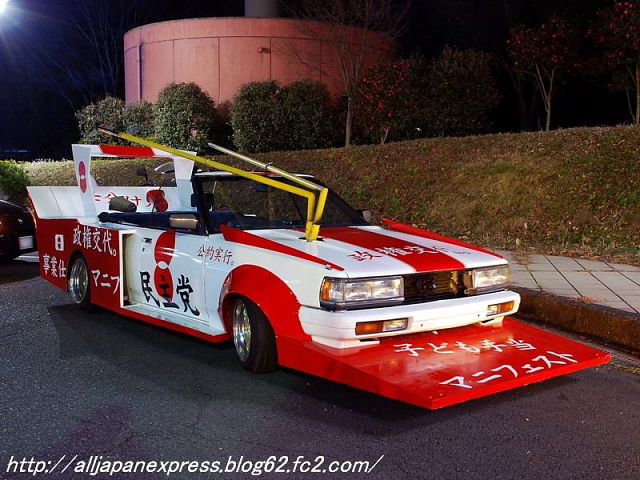


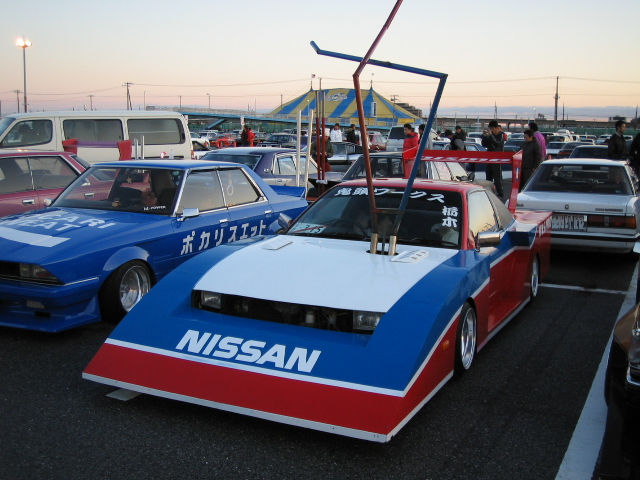
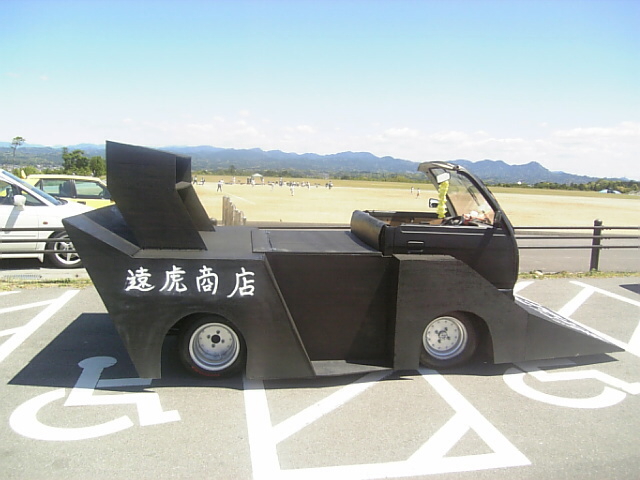
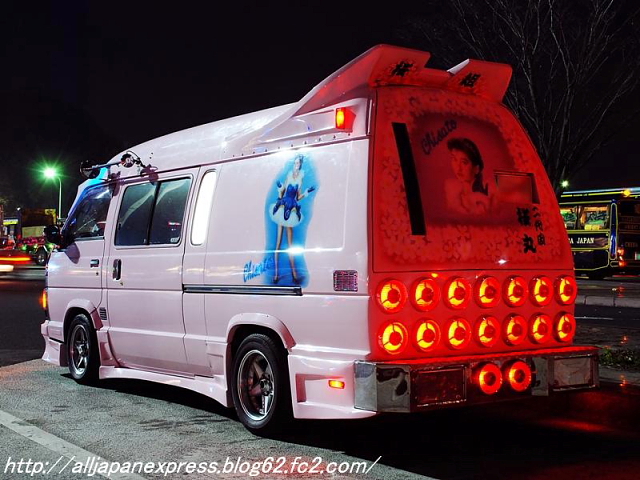
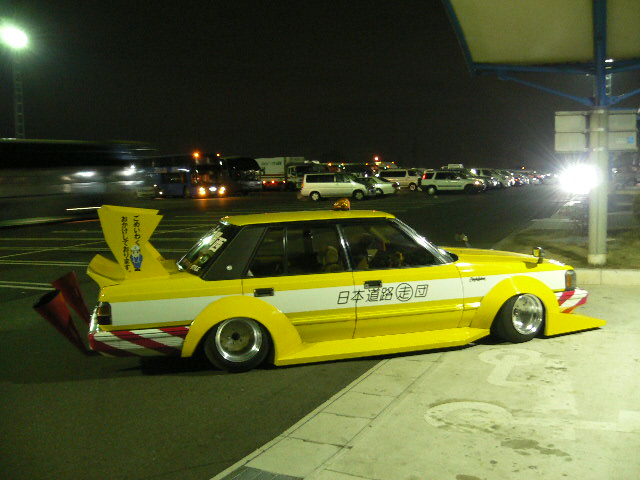
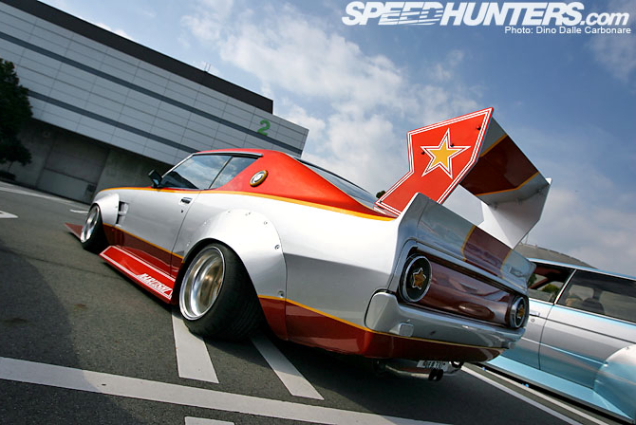
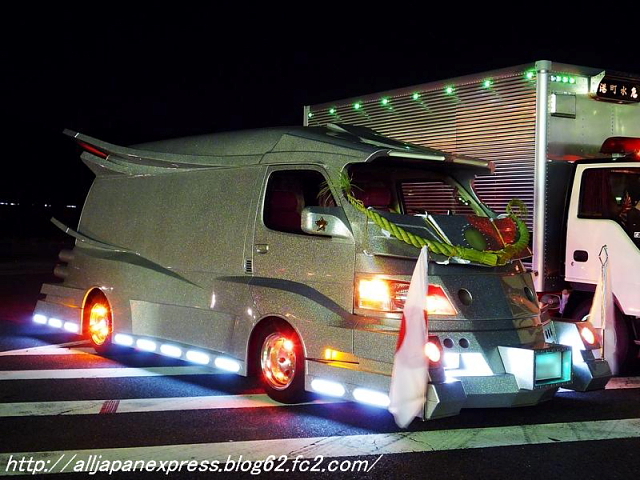

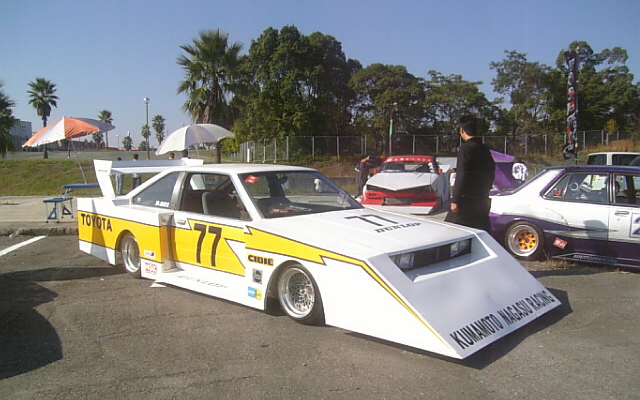
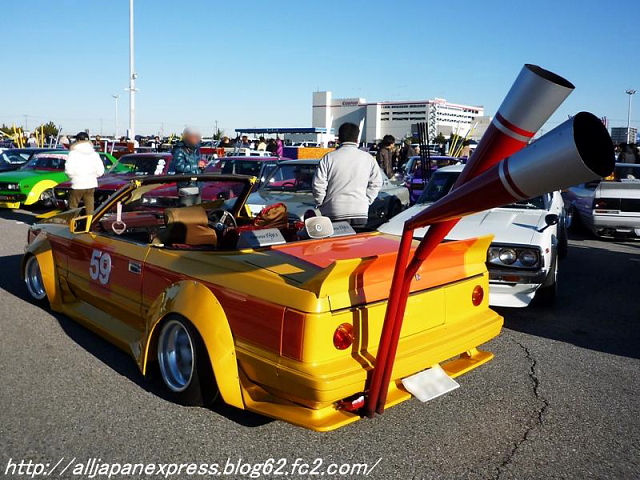


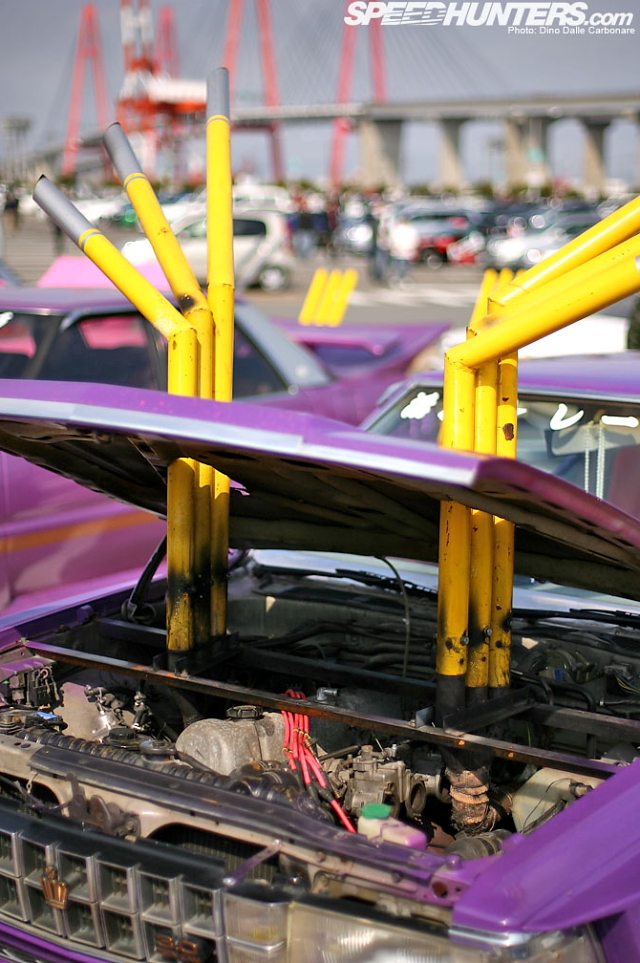
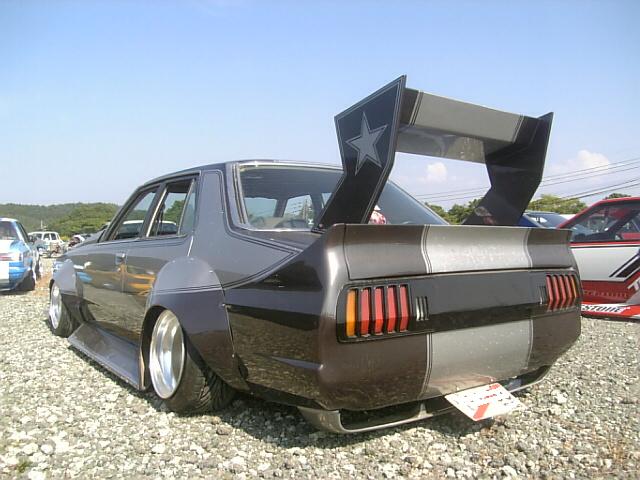
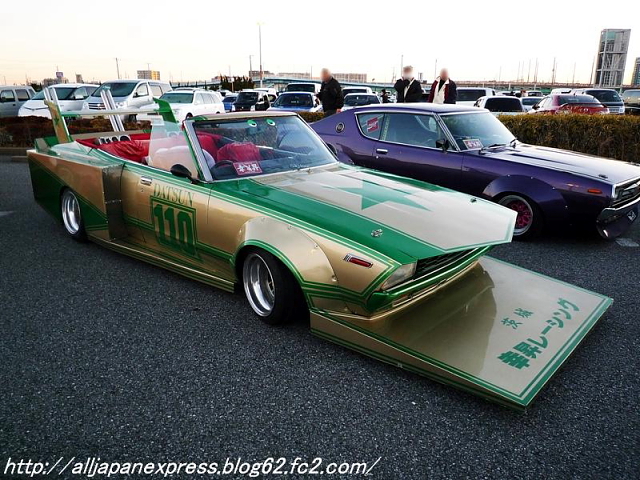
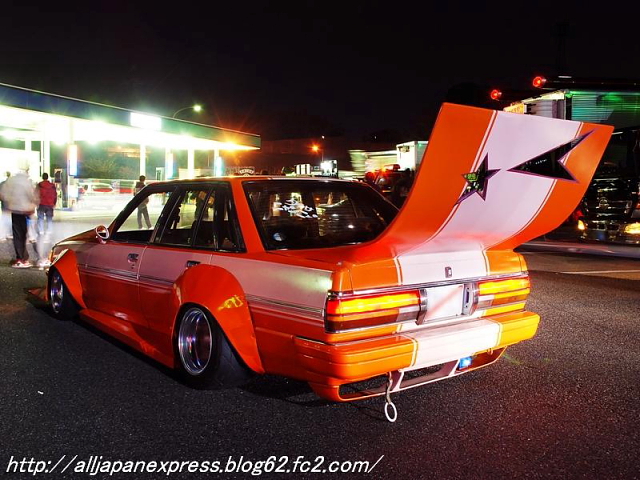

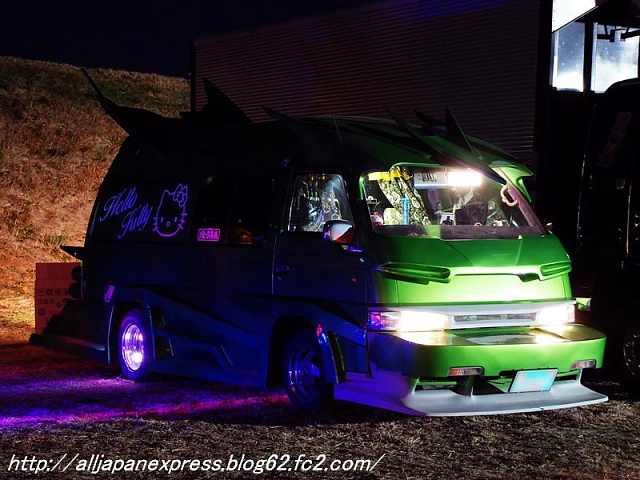
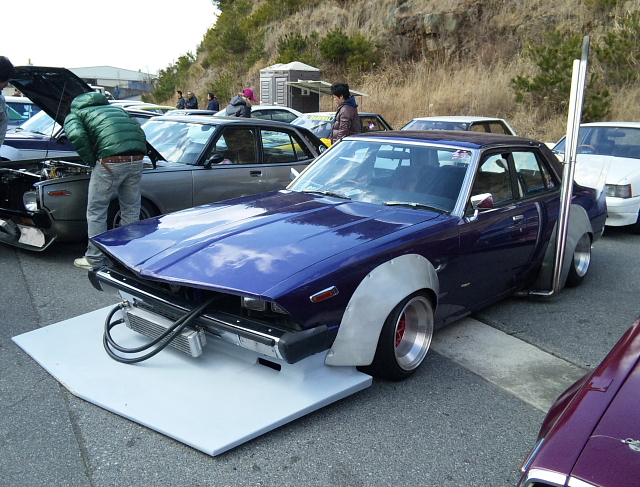
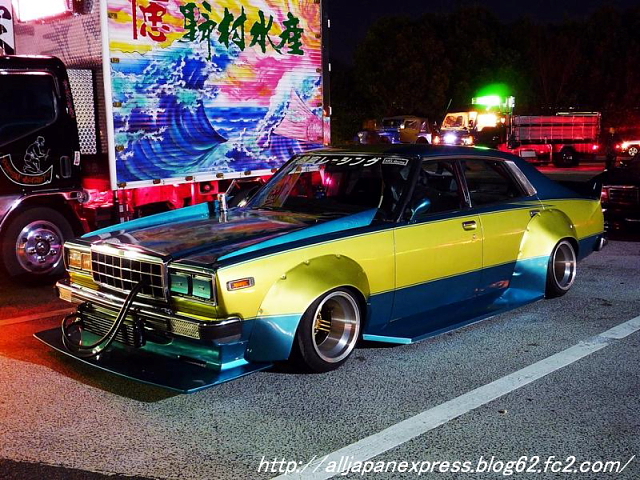
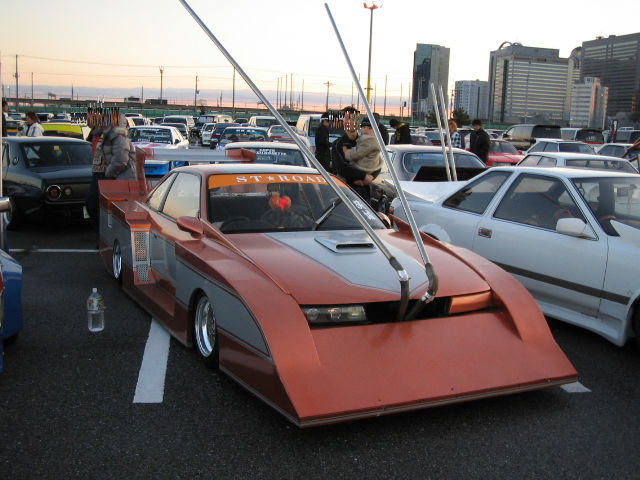
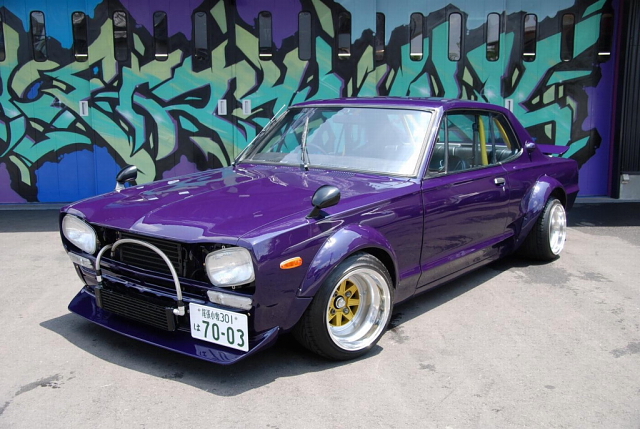
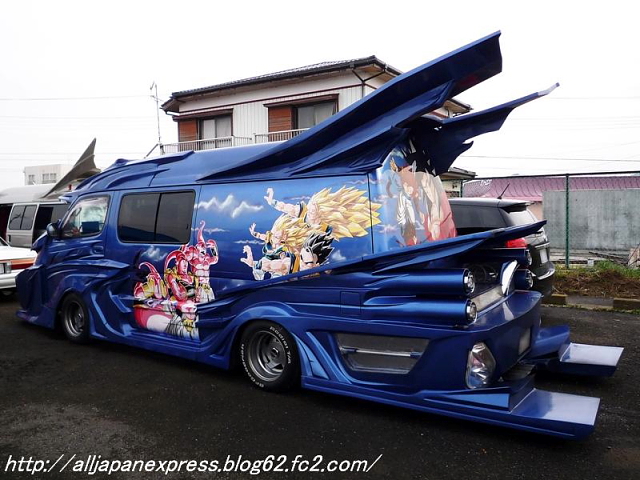
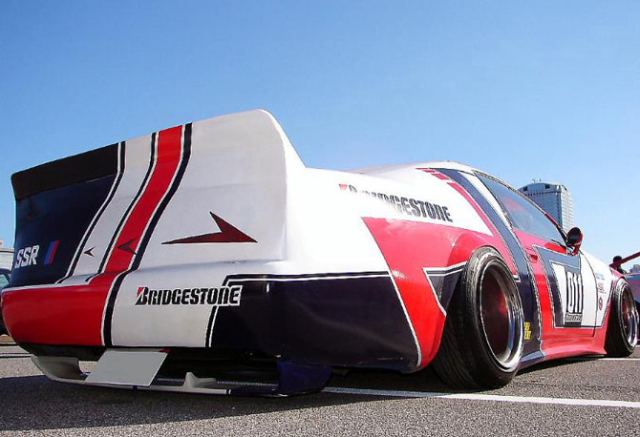
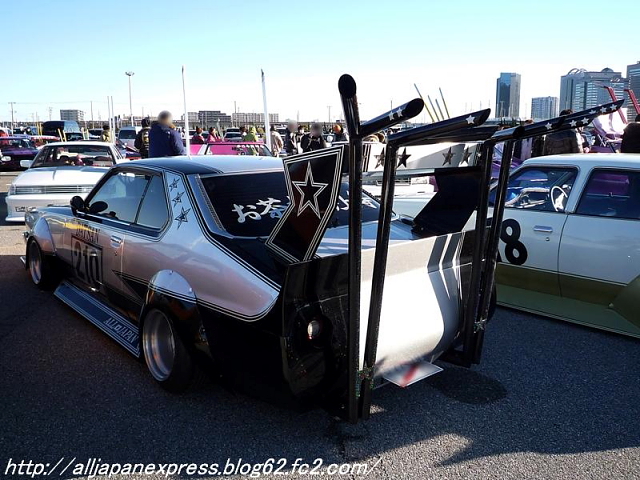
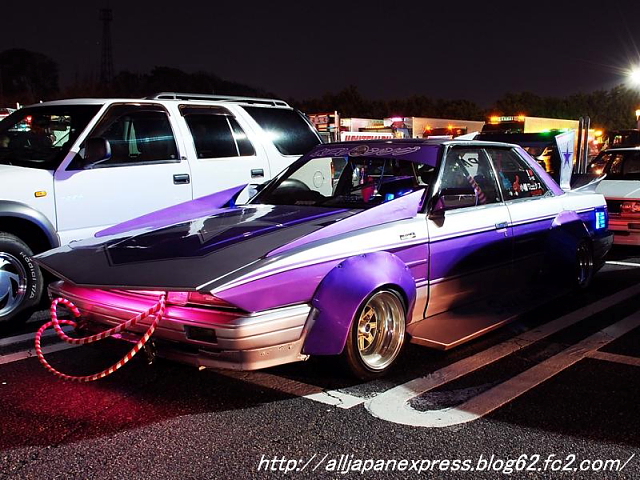
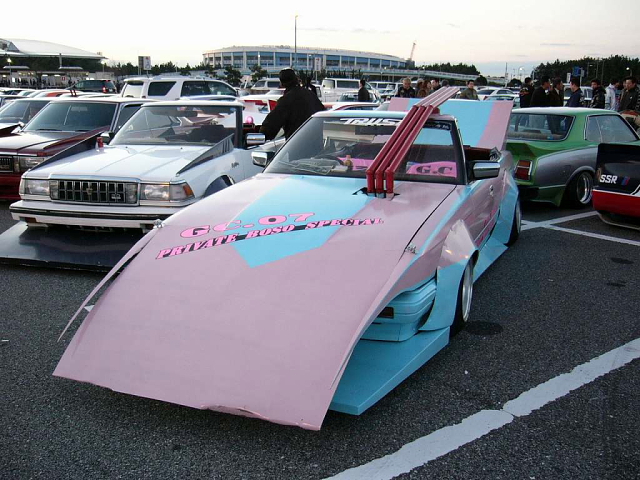
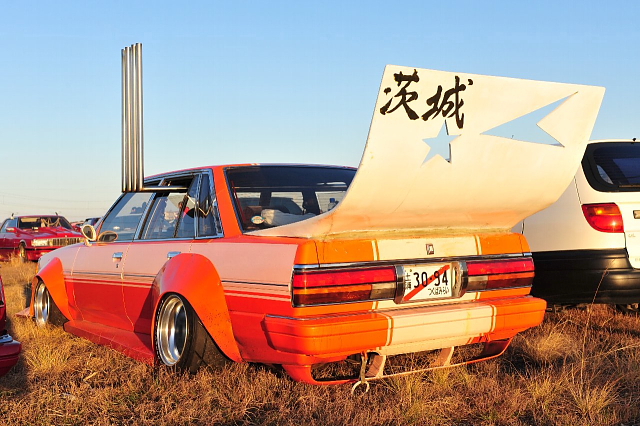

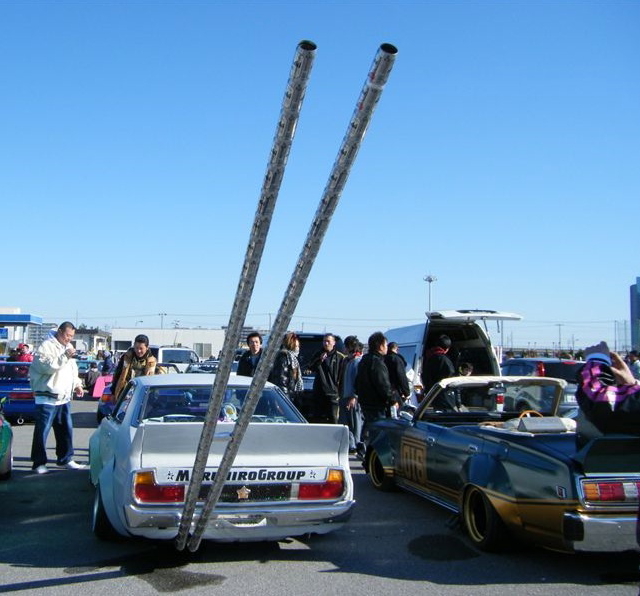
Melodic hardcore quintet FACT have released a new animated video for "Behind a Smile," from their latest album "In the Blink of an Eye."
+ Video
In 1936, Shōnen Club magazine published an illustrated article entitled "World Transportation Invention Competition," which took a look at the future of transportation.
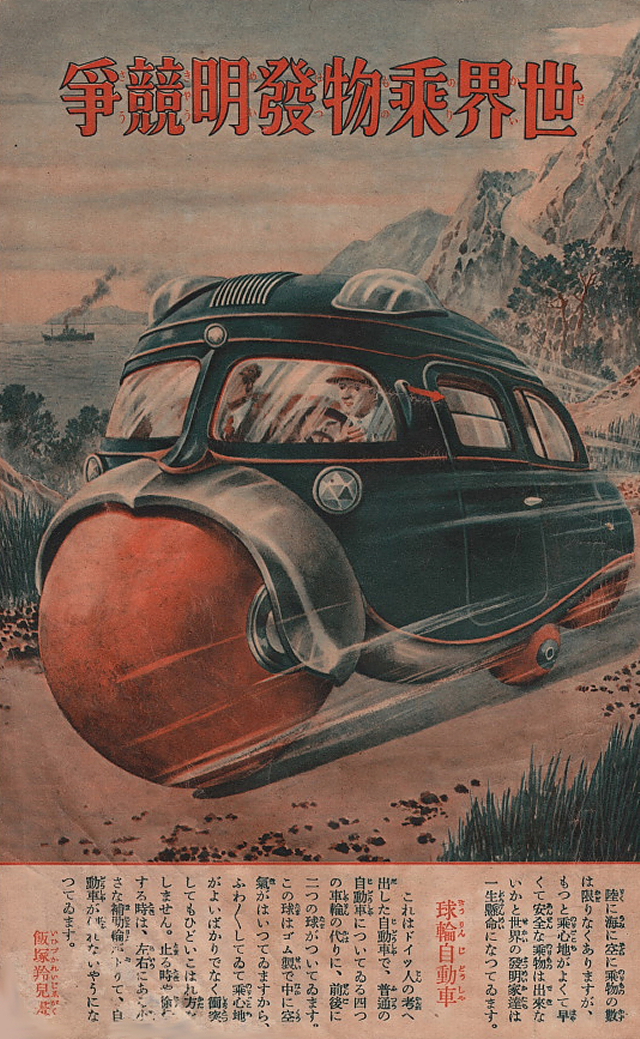
Sphere-wheeled car -- Reiji Iizuka, 1936
This futuristic car with spherical wheels, illustrated by Reiji Iizuka, is based on an idea from a German inventor. The vehicle's tires -- a pair of oversized rubbery spheres -- offer a smoother ride than the conventional tires on a four-wheeled car, and they act as a cushion in the event of an accident.
* * * * *
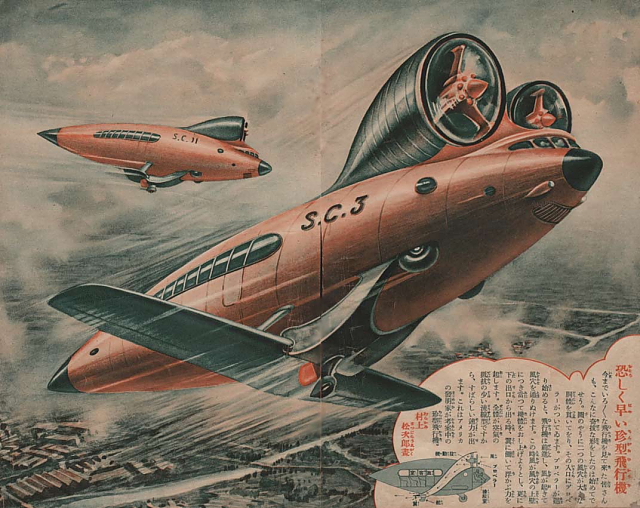
Amazingly swift flying machine -- Matsujirō Murakami, 1936 [+]
This ultra-fast airplane, illustrated by Matsujirō Murakami, is based on a design by an American inventor. The vehicle is powered by propellers that blast air through a pair of large ducts.
* * * * *
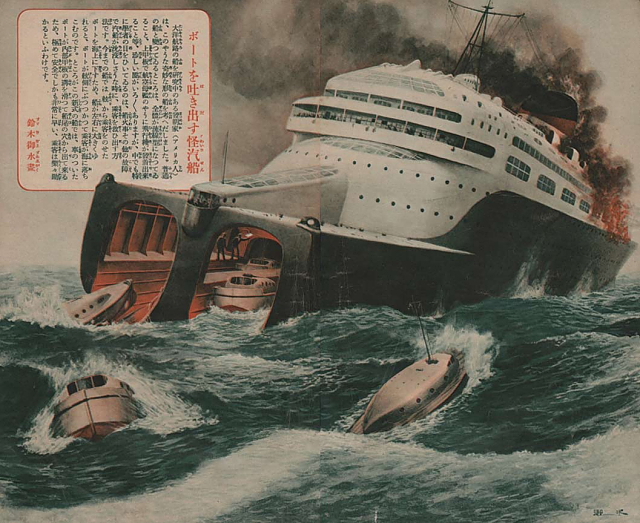
Ship with built-in boat dock - Gyosui Suzuki, 1936 [+]
This safety-conscious passenger ship, illustrated by Gyosui Suzuki, is based on an idea by an American inventor. The hull of the ship is designed to open up in an emergency, and it contains a small fleet of boats that allow people to escape quickly and safely.
* * * * *
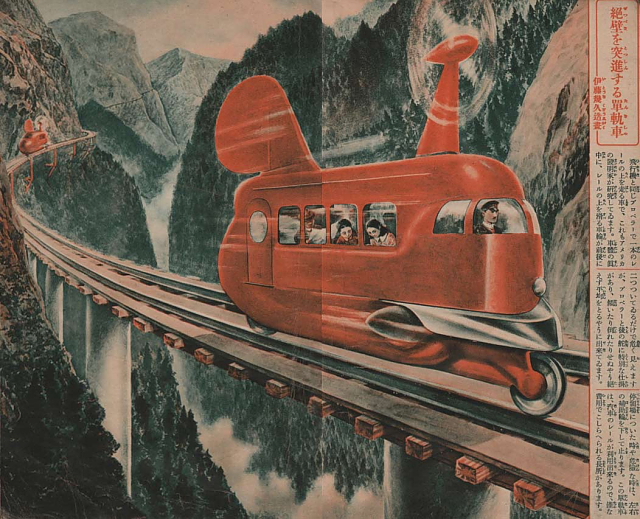
Mountain monorail - Kikuzō Itō, 1936 [+]
The design for this innovative monorail train, illustrated by Kikuzō Itō, originated with an American inventor. The two-wheeled design looks rather precarious, but the powerful airplane propeller and tail fin manage to keep the train upright and stable as it zips through the mountains. Extra wheels extend out from the sides when the train comes to a halt.
* * * * *
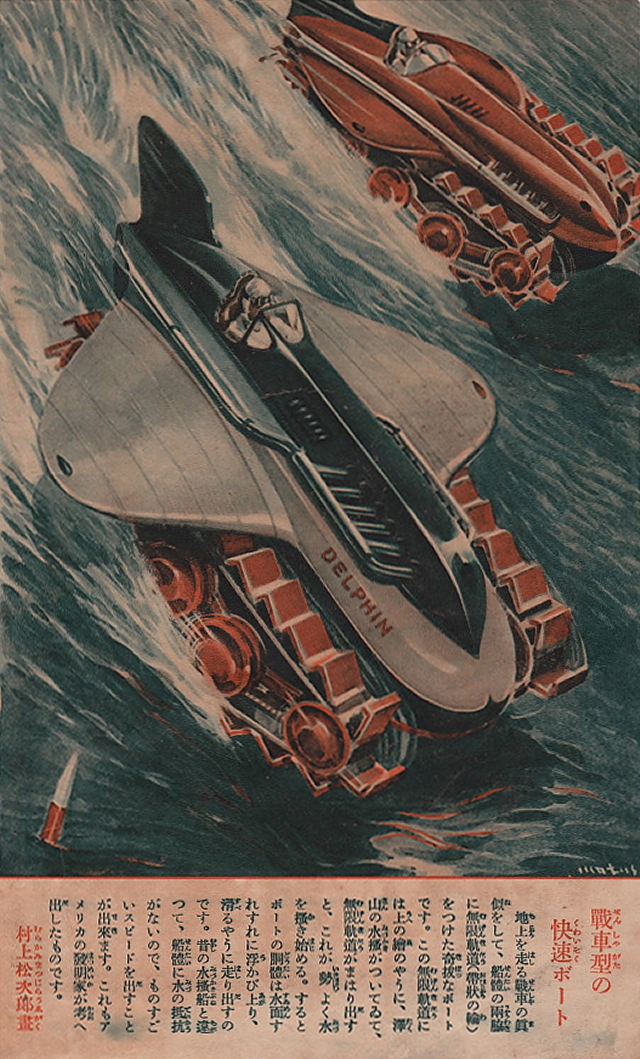
High-speed tank-style boat - Matsujirō Murakami, 1936
This high-speed battle boat, illustrated by Matsujirō Murakami, is also inspired by an American design. A pair of caterpillar tracks allow the vessel to roll across the water like a tank on land.
[Source: 昭和之雜誌廣告・ナツカシモノ]
Nine locust sculptures made from fake designer bags were removed from an art exhibit in Kobe, Japan after a complaint lodged by luxury fashion house Louis Vuitton.
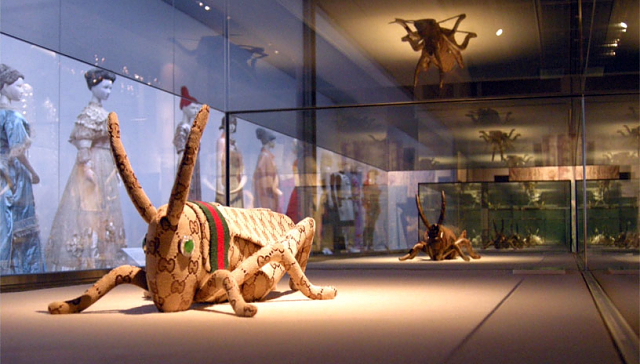
Locust sculptures made from fake designer bags
The works -- created by Kyoto-based artist Mitsuhiro Okamoto -- were on display at the Kobe Fashion Museum from April 15 until their removal in May.
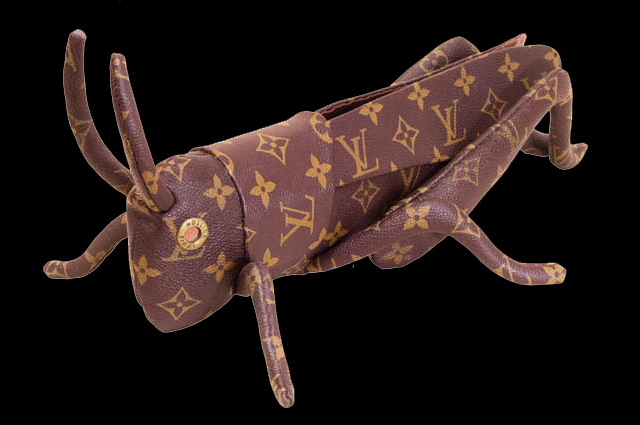
Batta Mon LV
The sculptures, which measure about 40 centimeters (16 in) long, are titled "Batta Mon" -- a play on the words batta ("locust") and battamon (slang for "knockoff"). According to the artist, the works are meant to raise questions about the relationship between authenticity and imitation in a consumer-driven society.
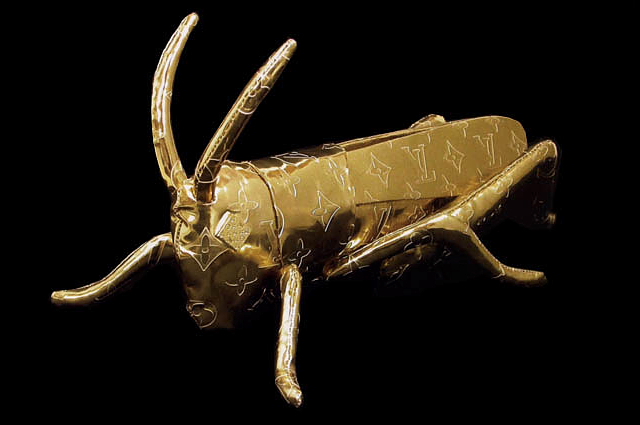
Batta Mon LV M Mr
Unfortunately, Okamoto's social commentary was lost on Louis Vuitton, who claim the Batta Mon sculptures represent an endorsement of the illegal trade in counterfeit goods. The Kobe Fashion Museum promptly removed the sculptures from the exhibit in May, after receiving a letter of complaint from Louis Vuitton claiming that the works damage the image of their luxury products because they incorporate material from counterfeit products.
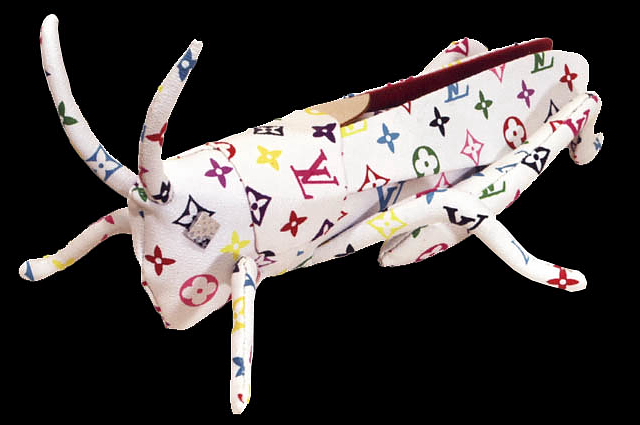
Batta Mon LV M Mc
A museum official told reporters that it was unclear whether or not the exhibit infringed on trademark rights, but said that the museum removed the pieces to avoid a legal dispute.
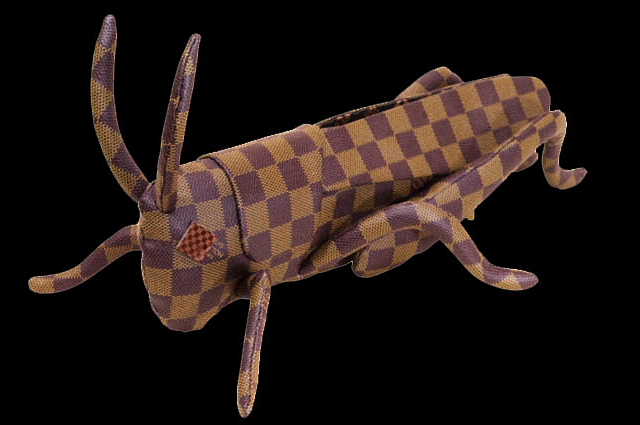
Batta Mon LV Da
Okamoto, who was not pleased with the museum's eagerness to bow to the will of a large corporation, said, "It is ridiculous to lump the Batta Mon sculptures into the same category as counterfeit products made for commercial purposes."
Louis Vuitton declined to comment on the matter.

Batta Mon LV M De
Five of Okamoto's Batta Mon sculptures are made from fake Louis Vuitton bags. The other four are made from fake Chanel, Gucci, Coach, and Fendi bags.
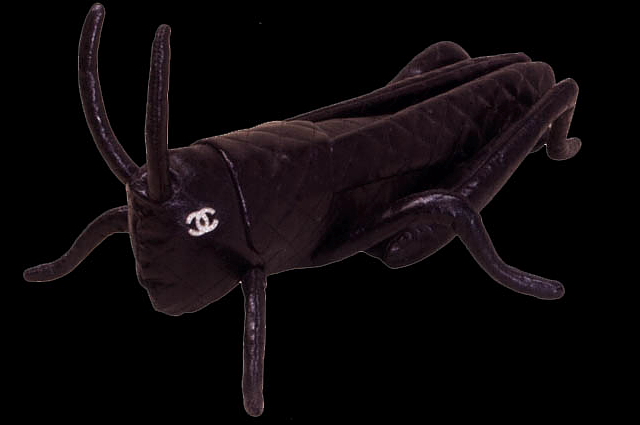
Batta Mon CC
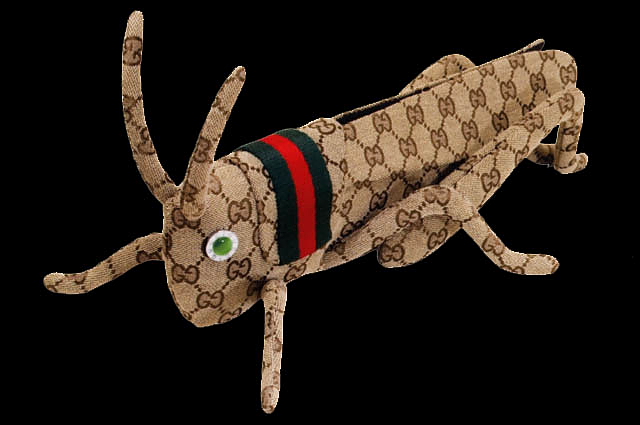
Batta Mon GC
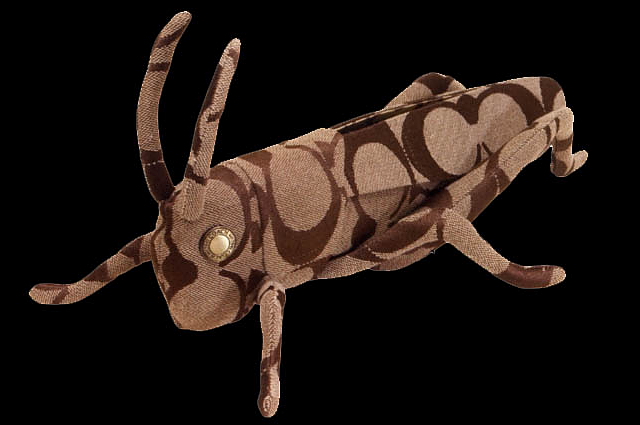
Batta Mon CC

Batta Mon FD
[Sources: Asahi // Mitsuhiro Okamoto]